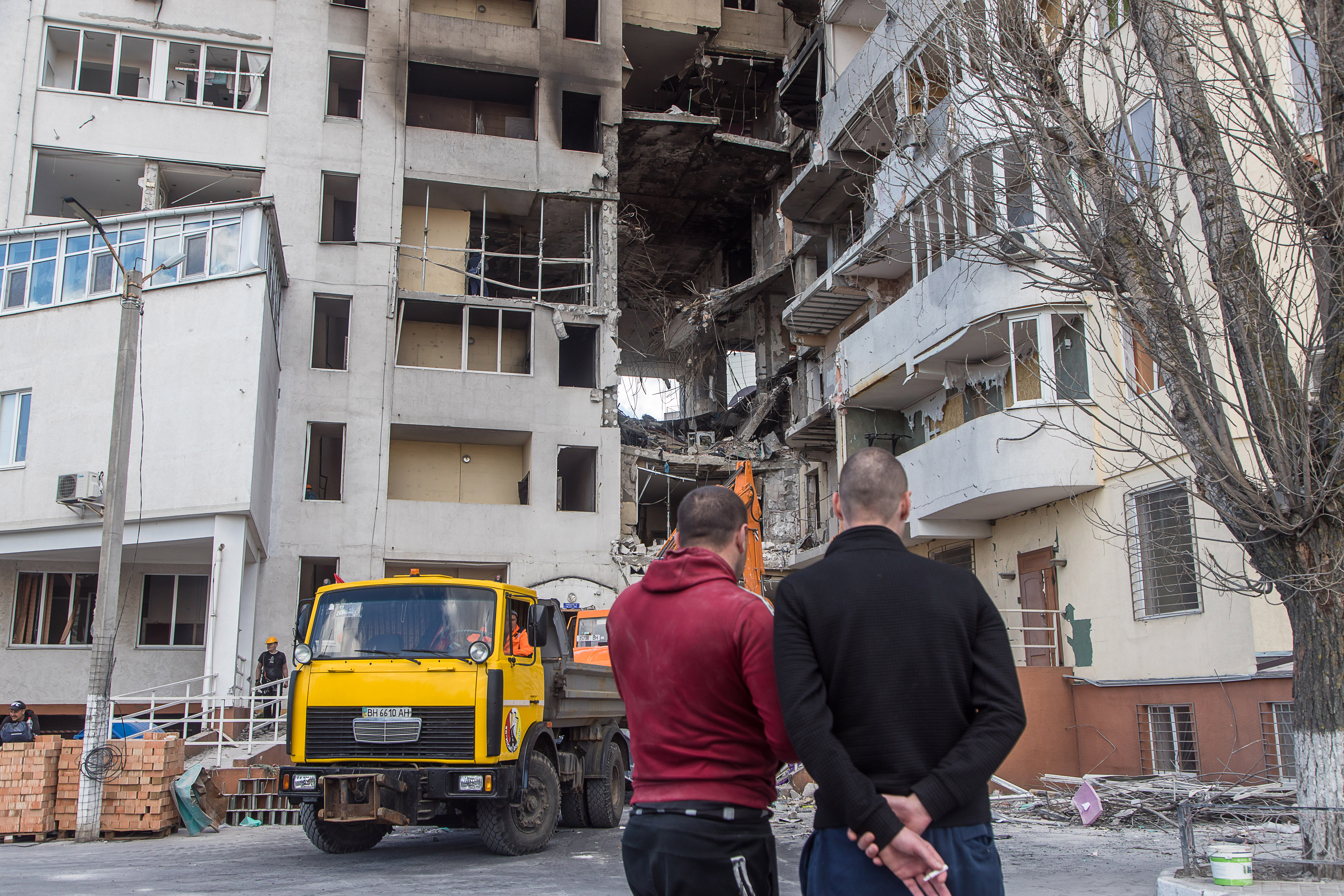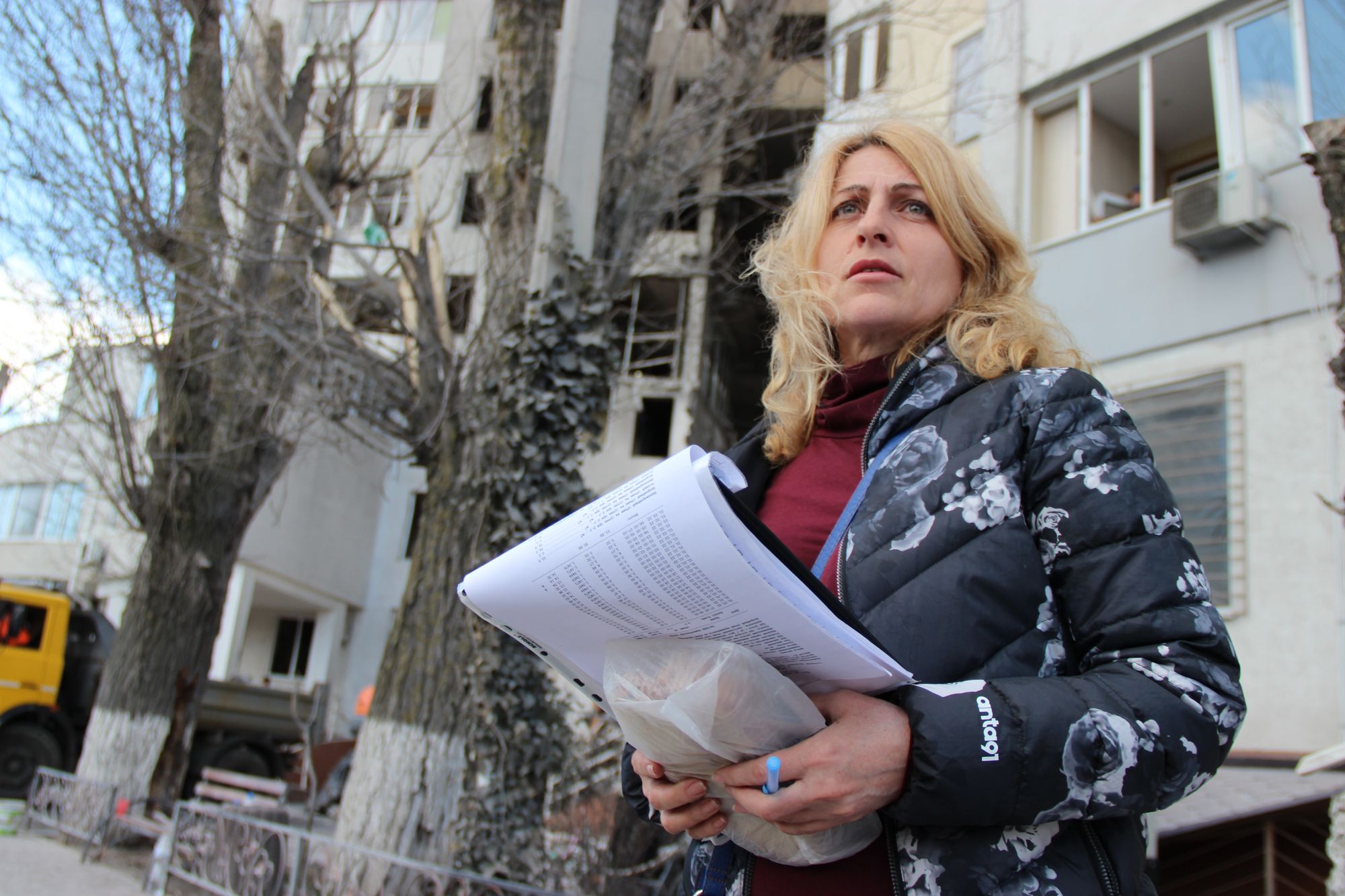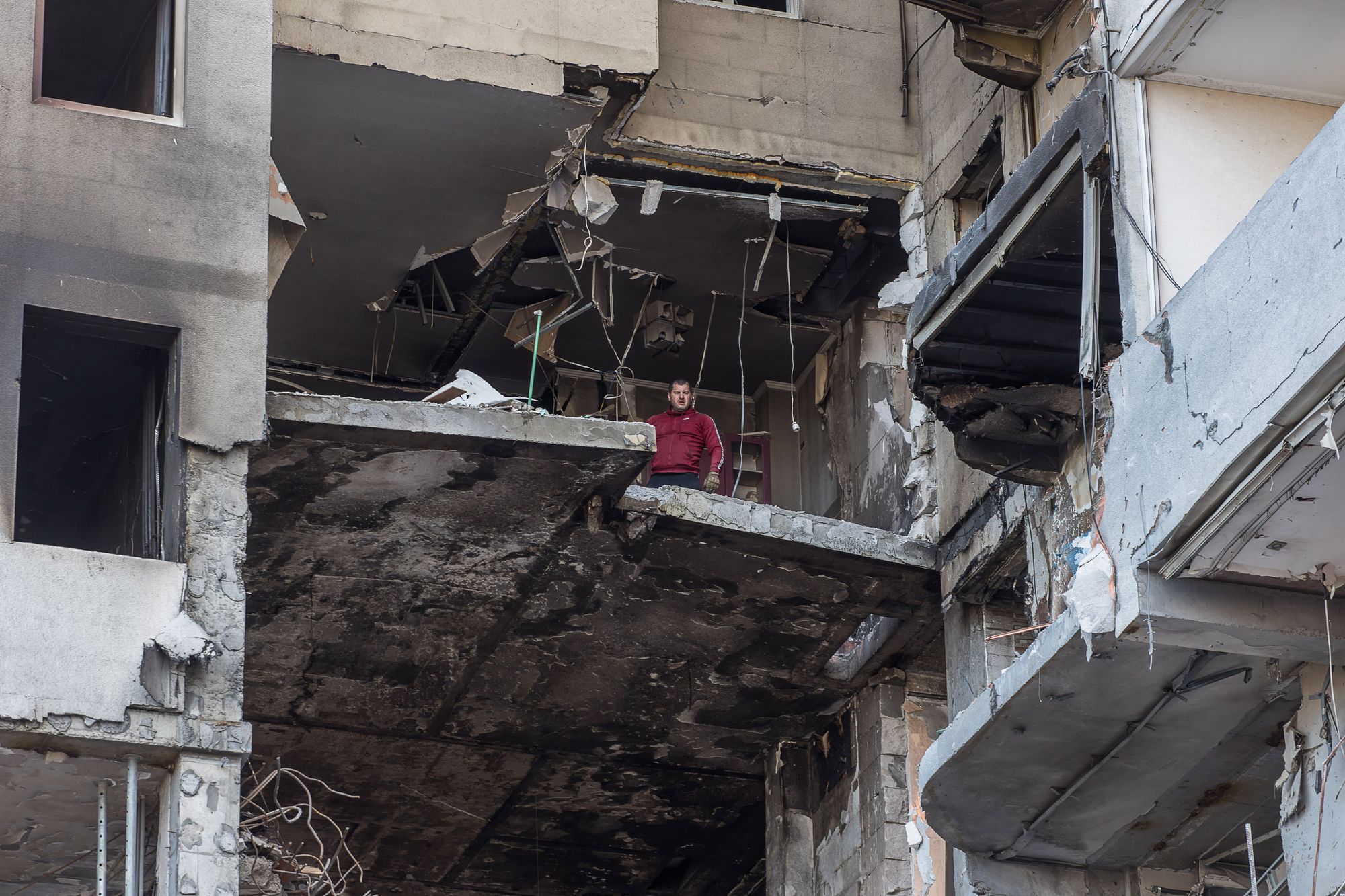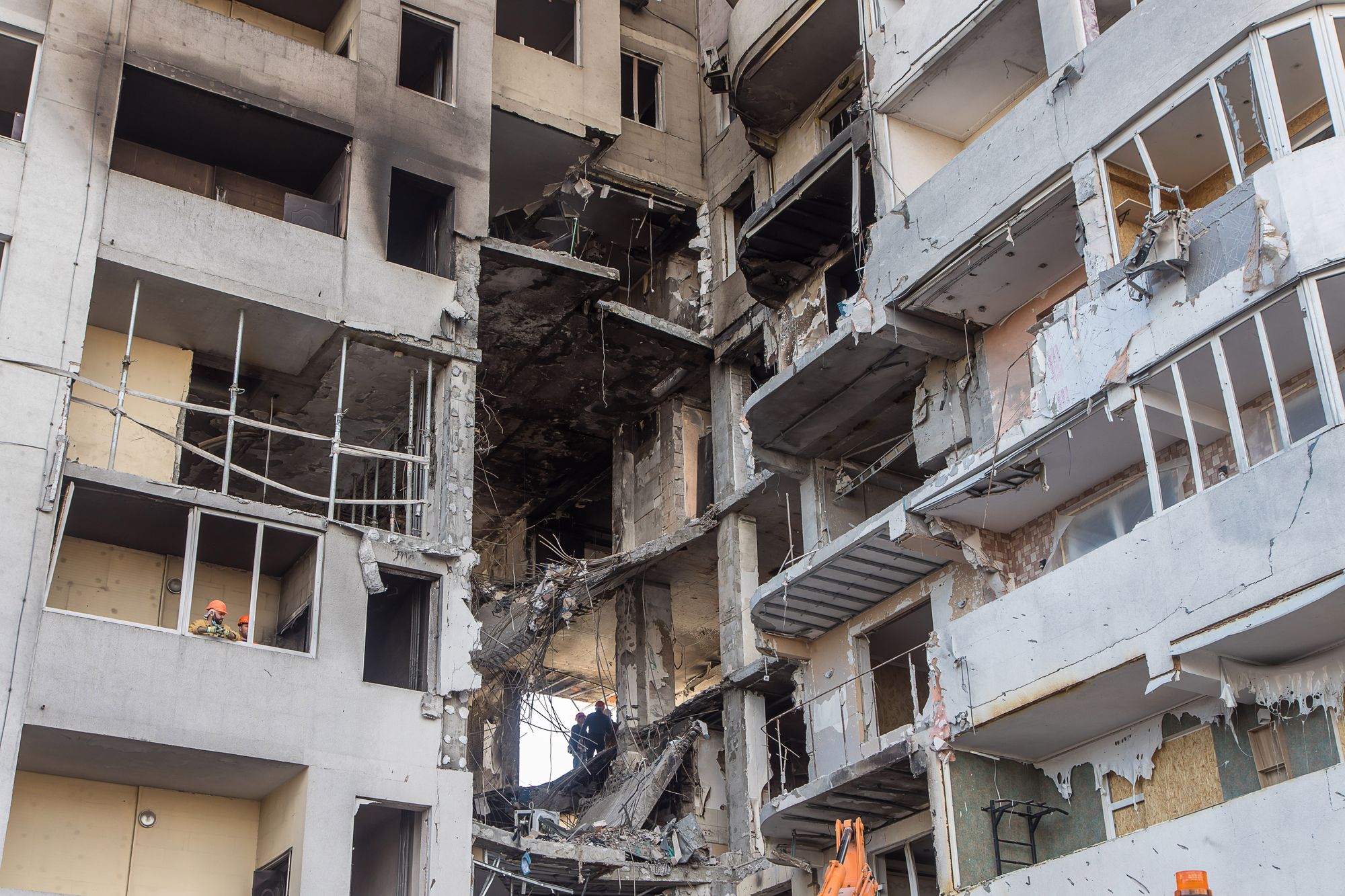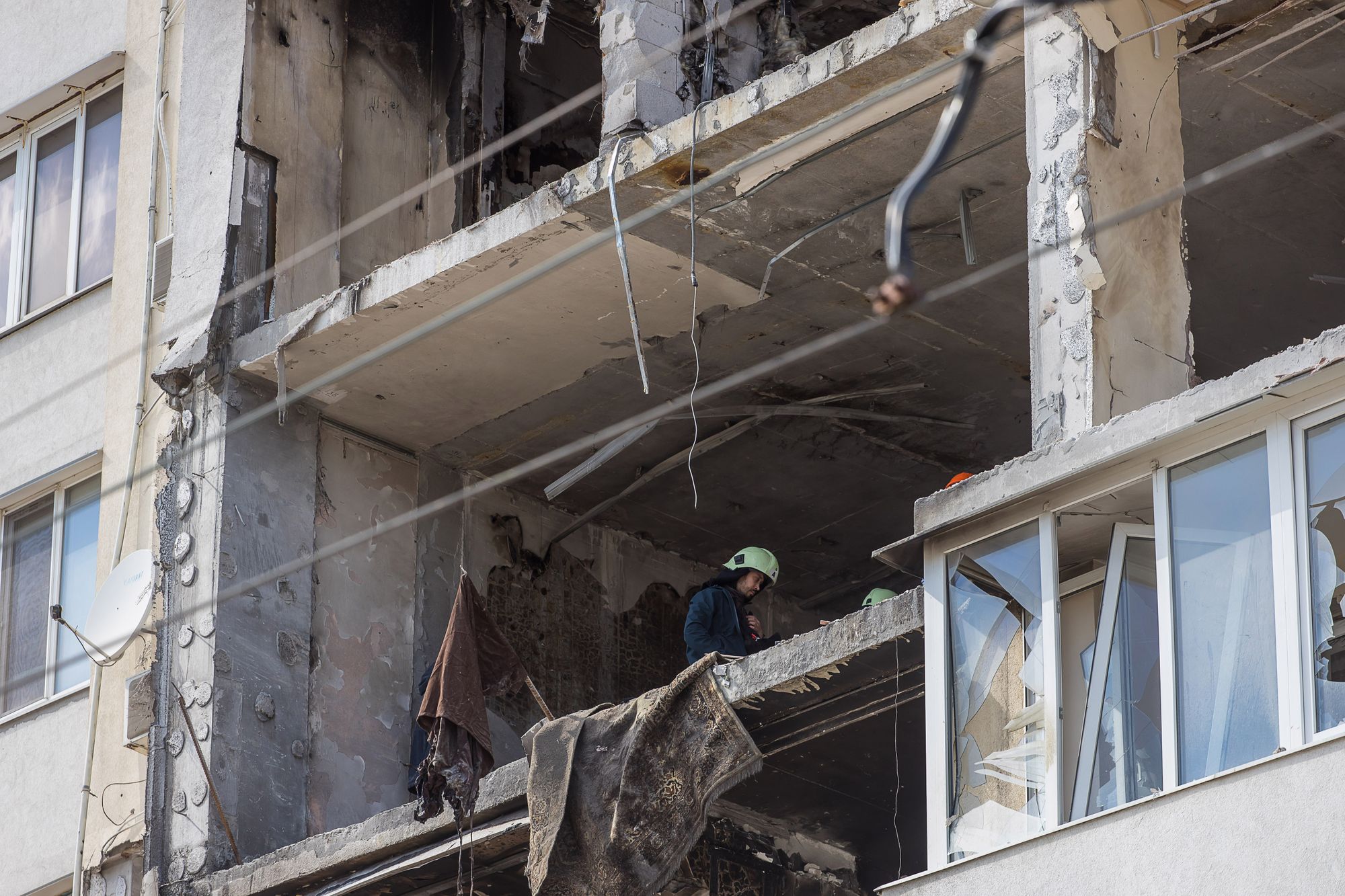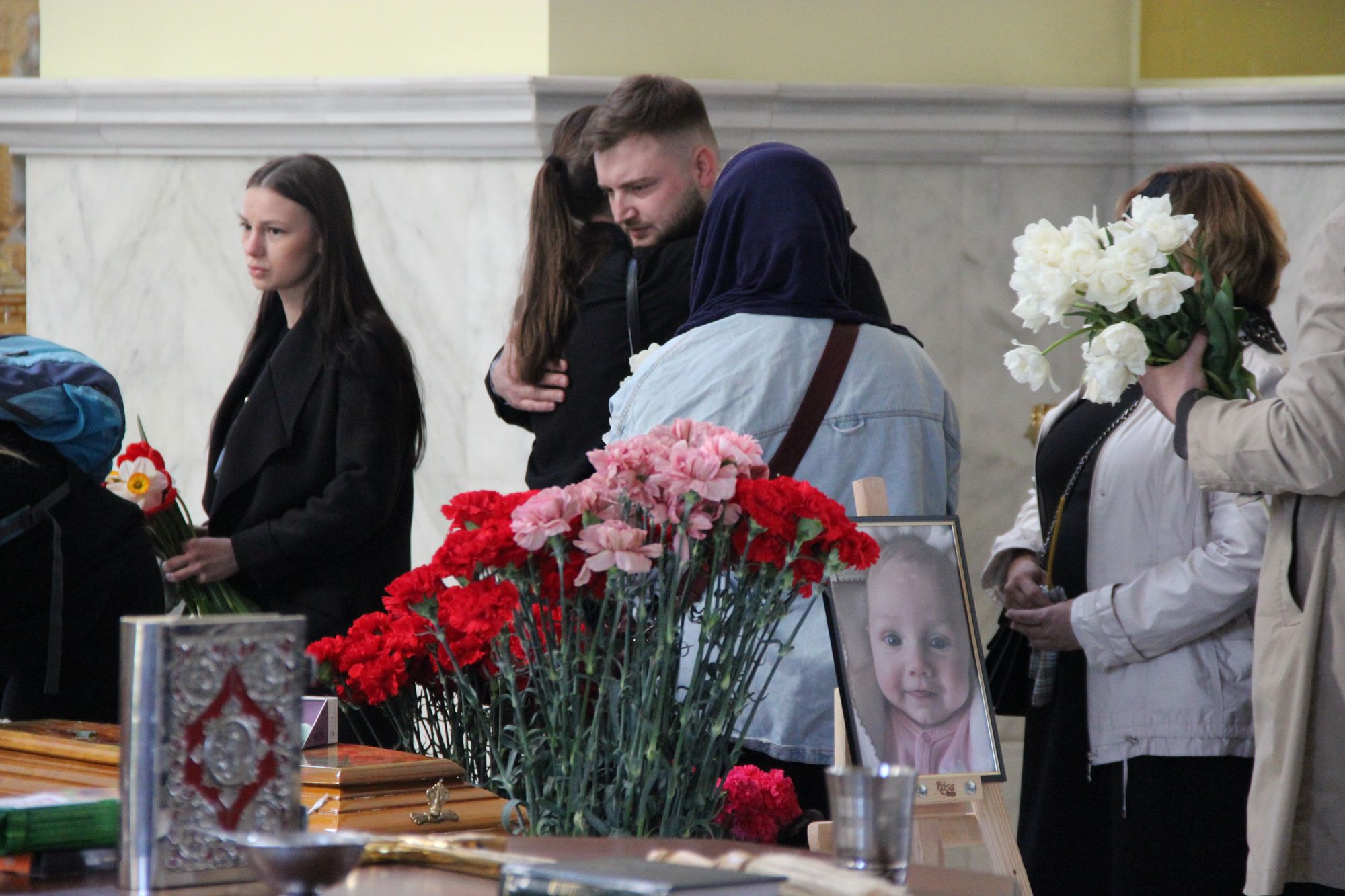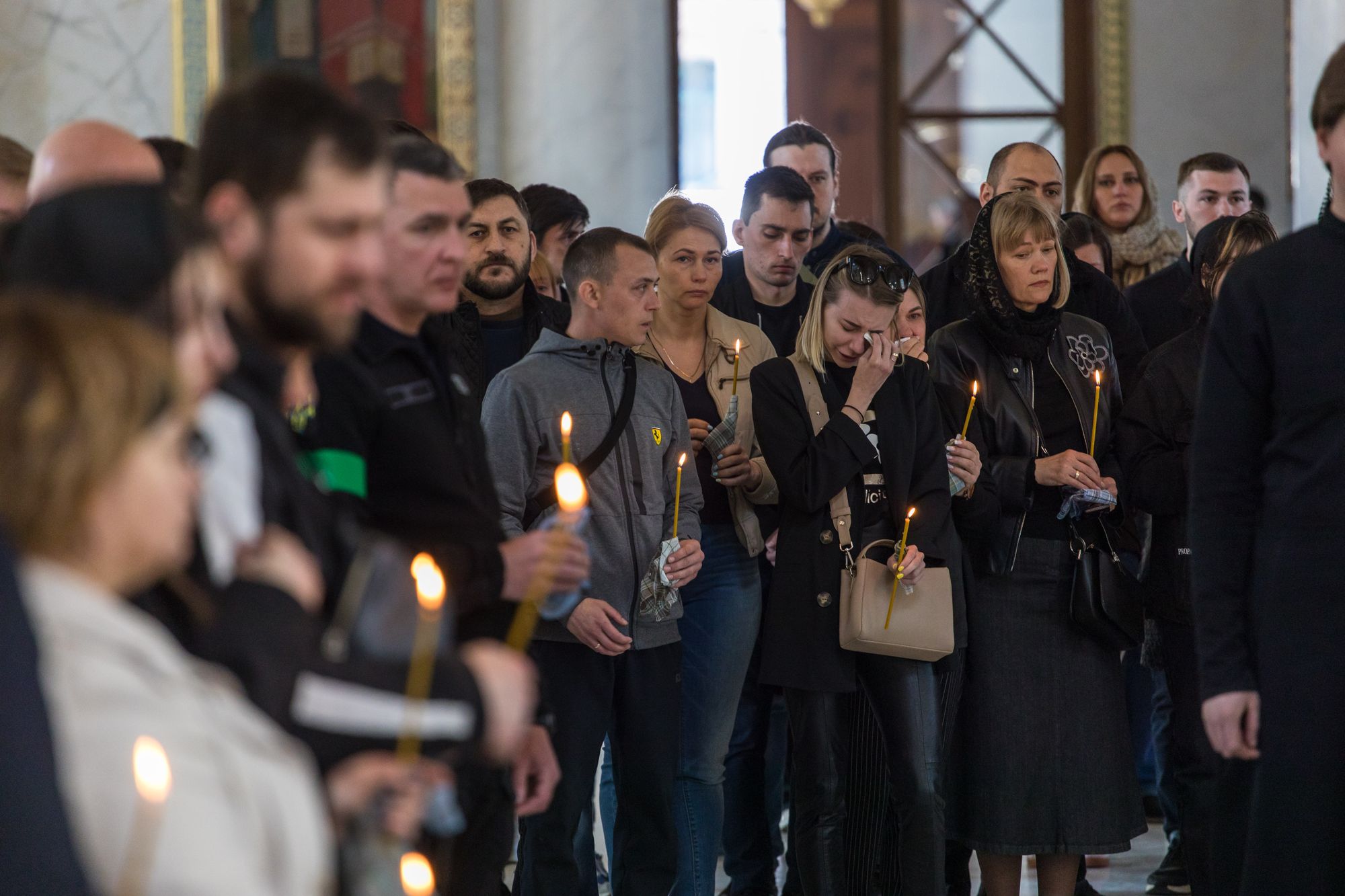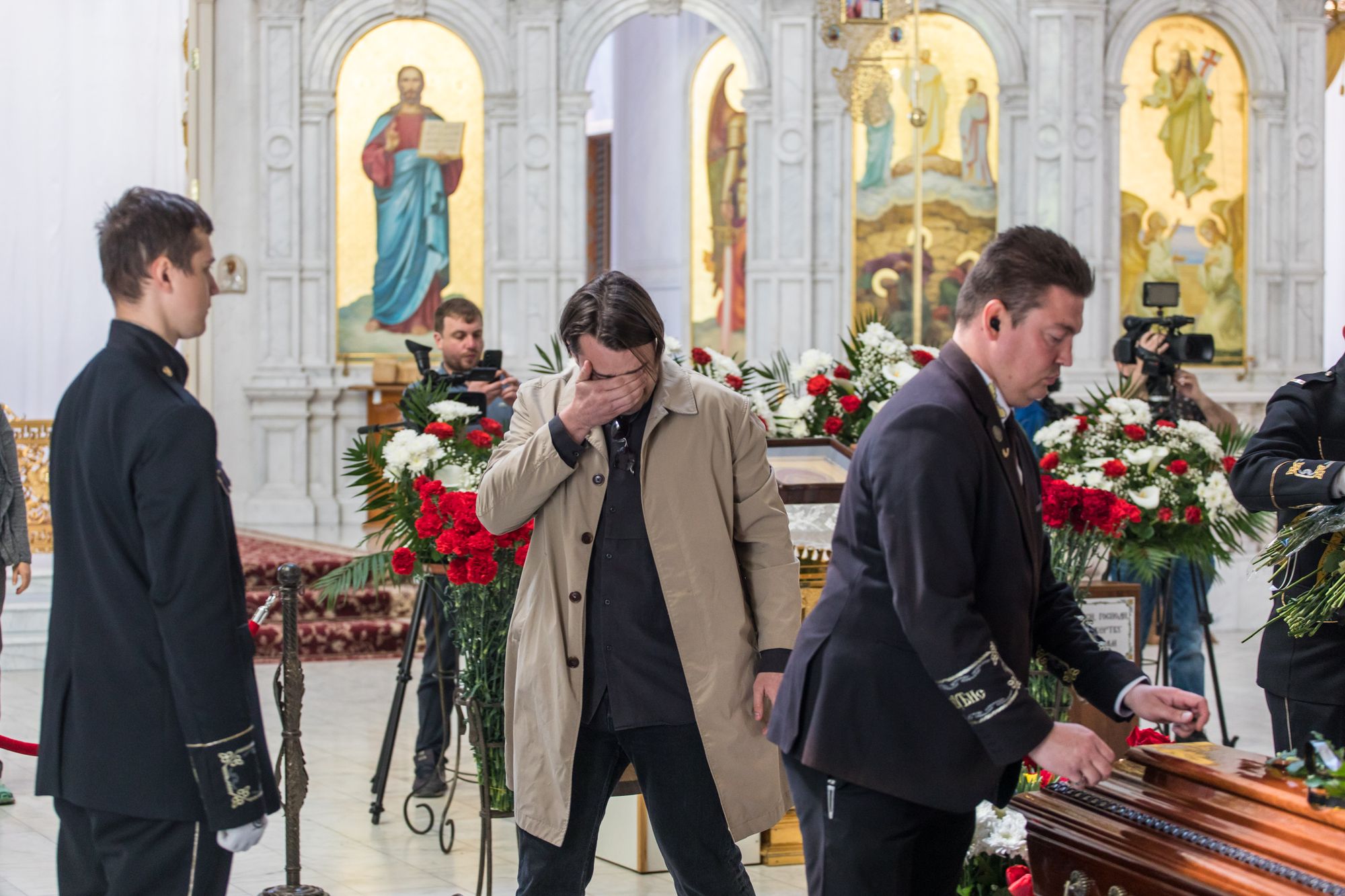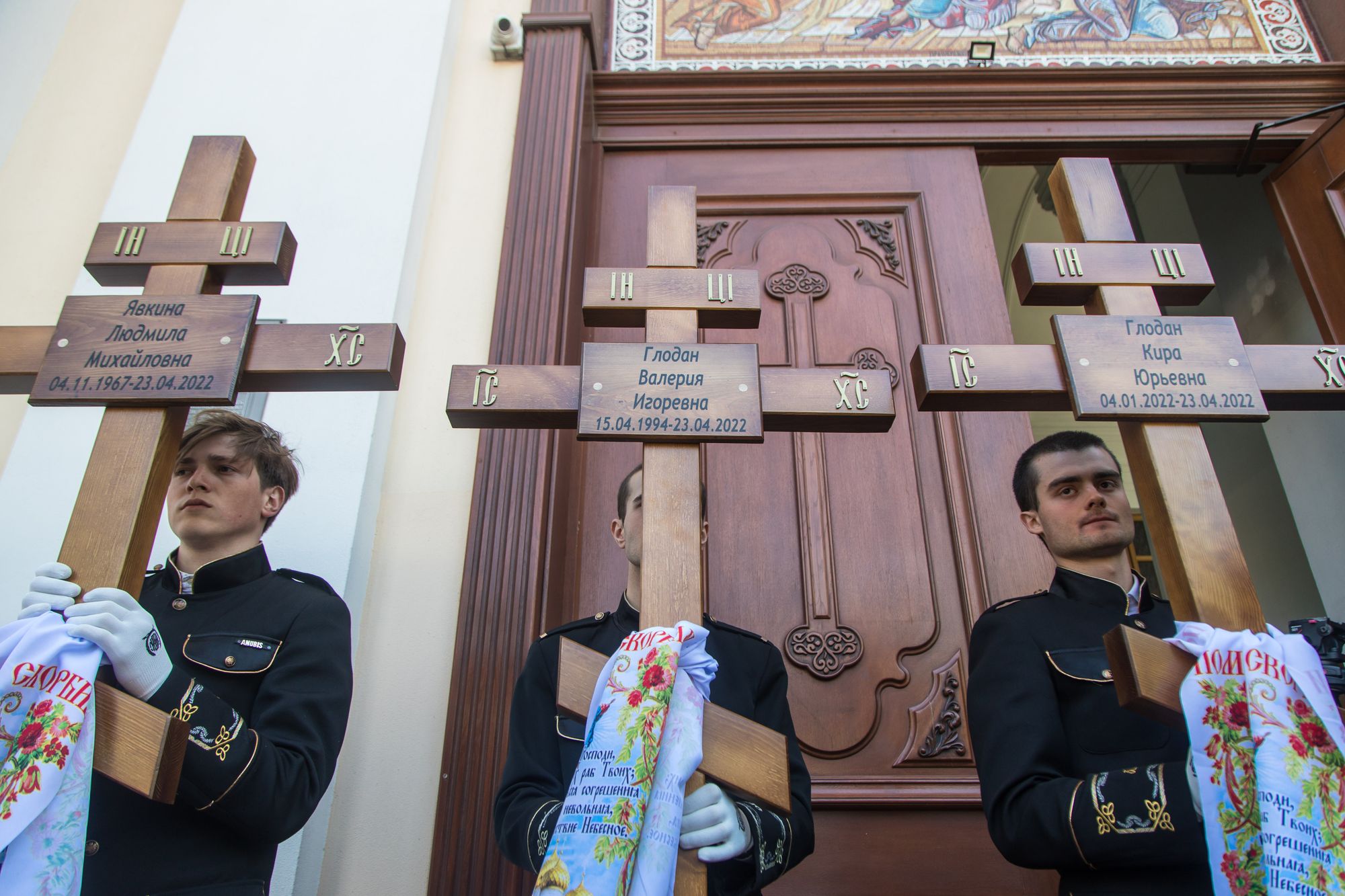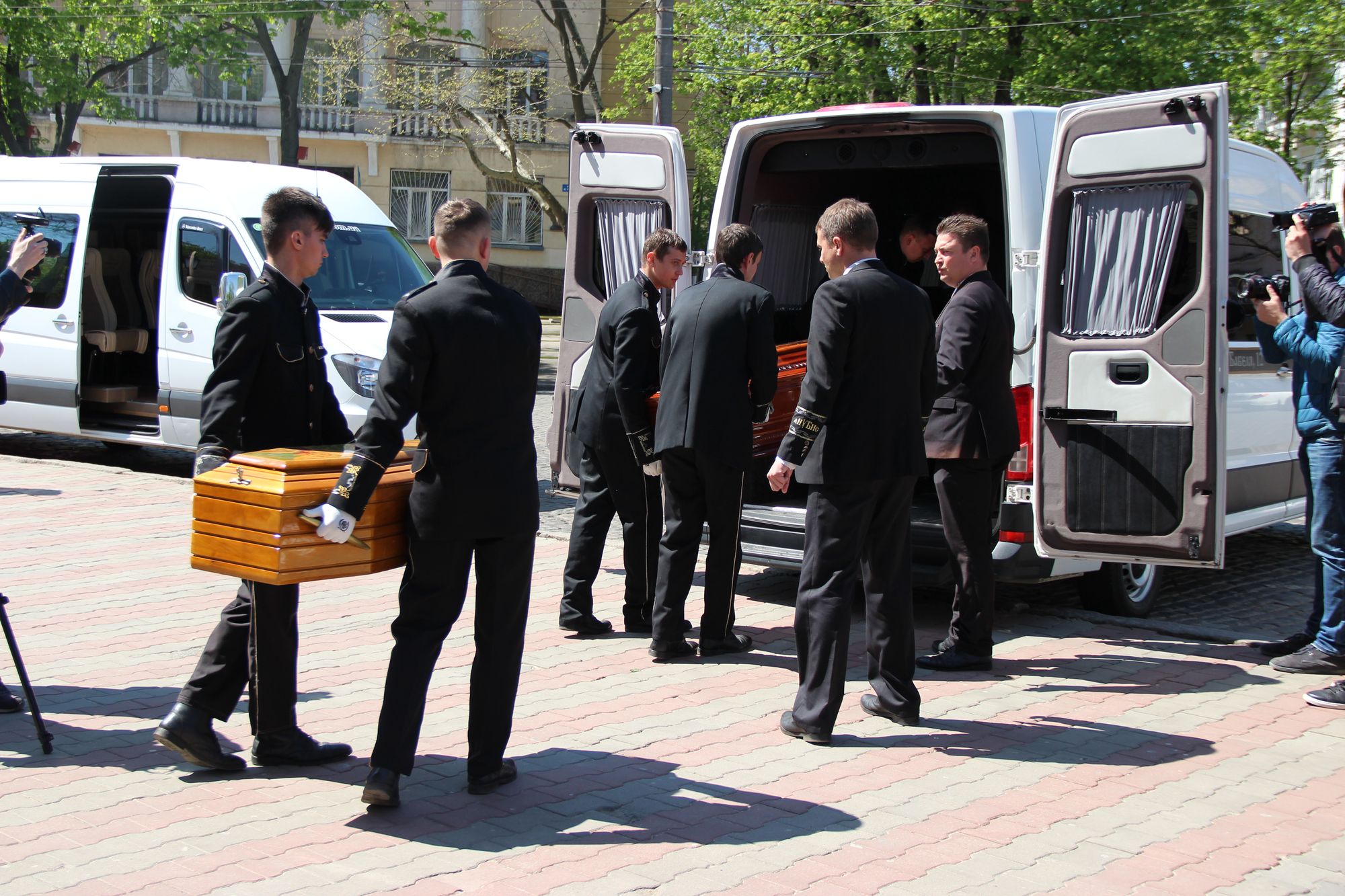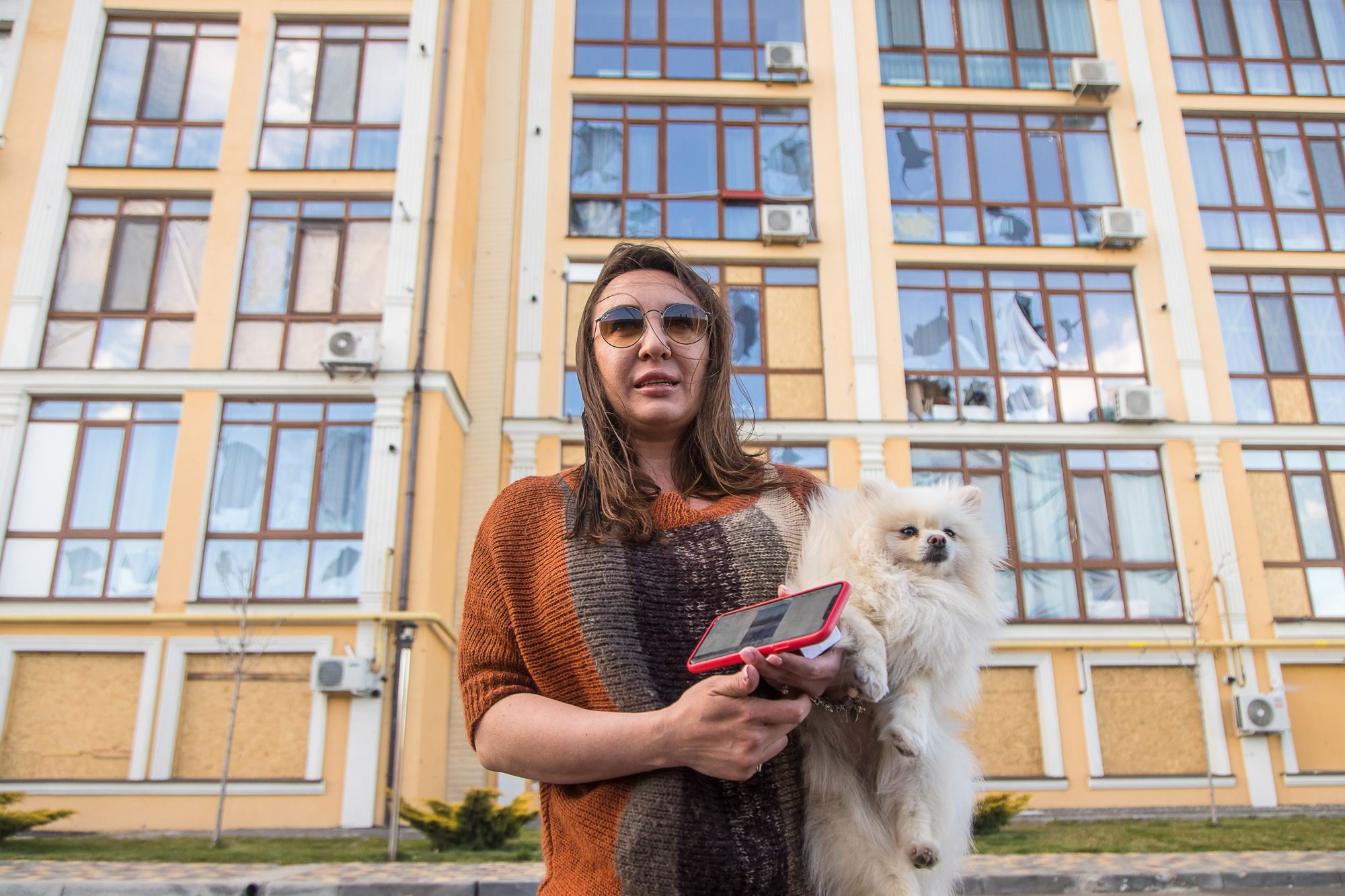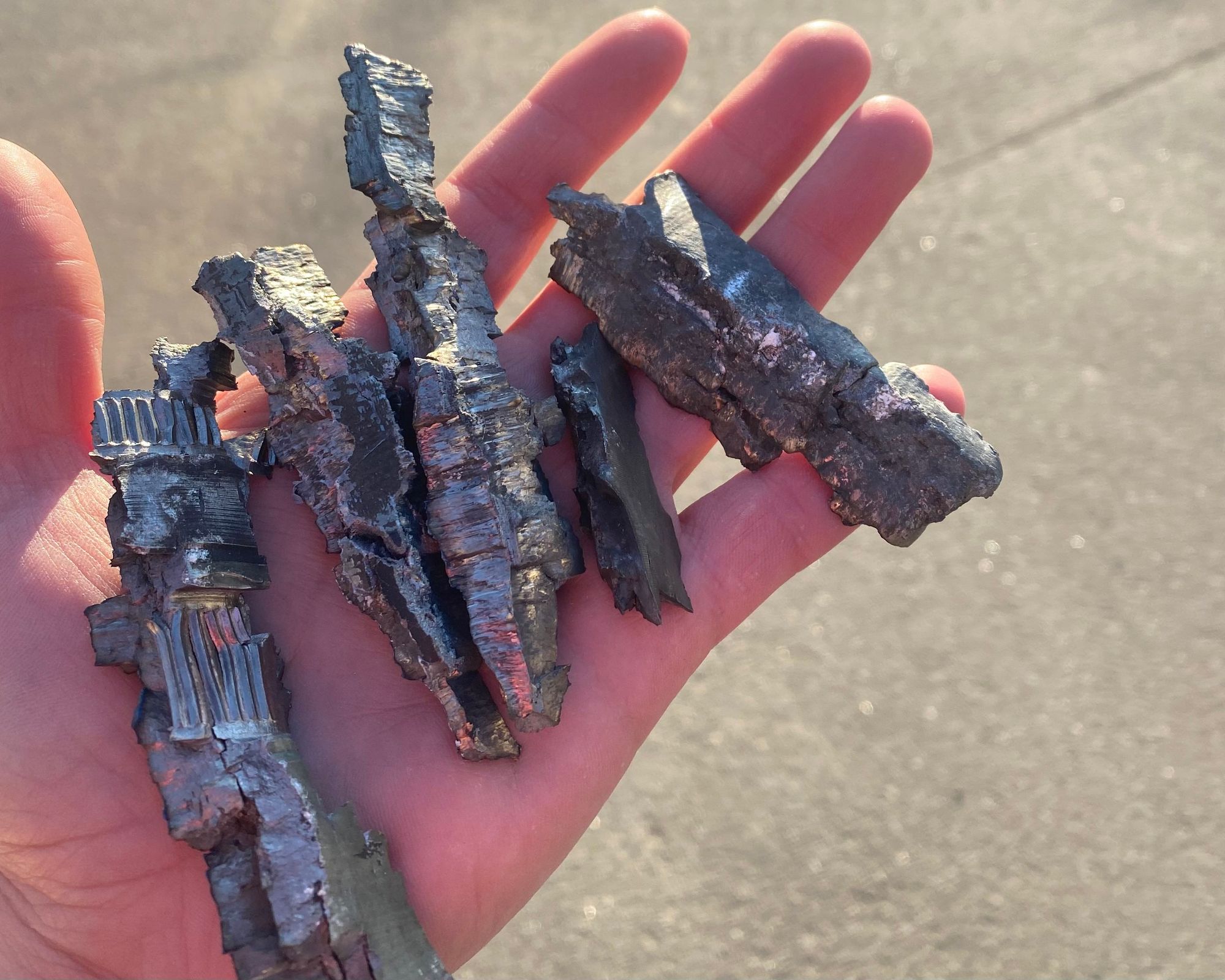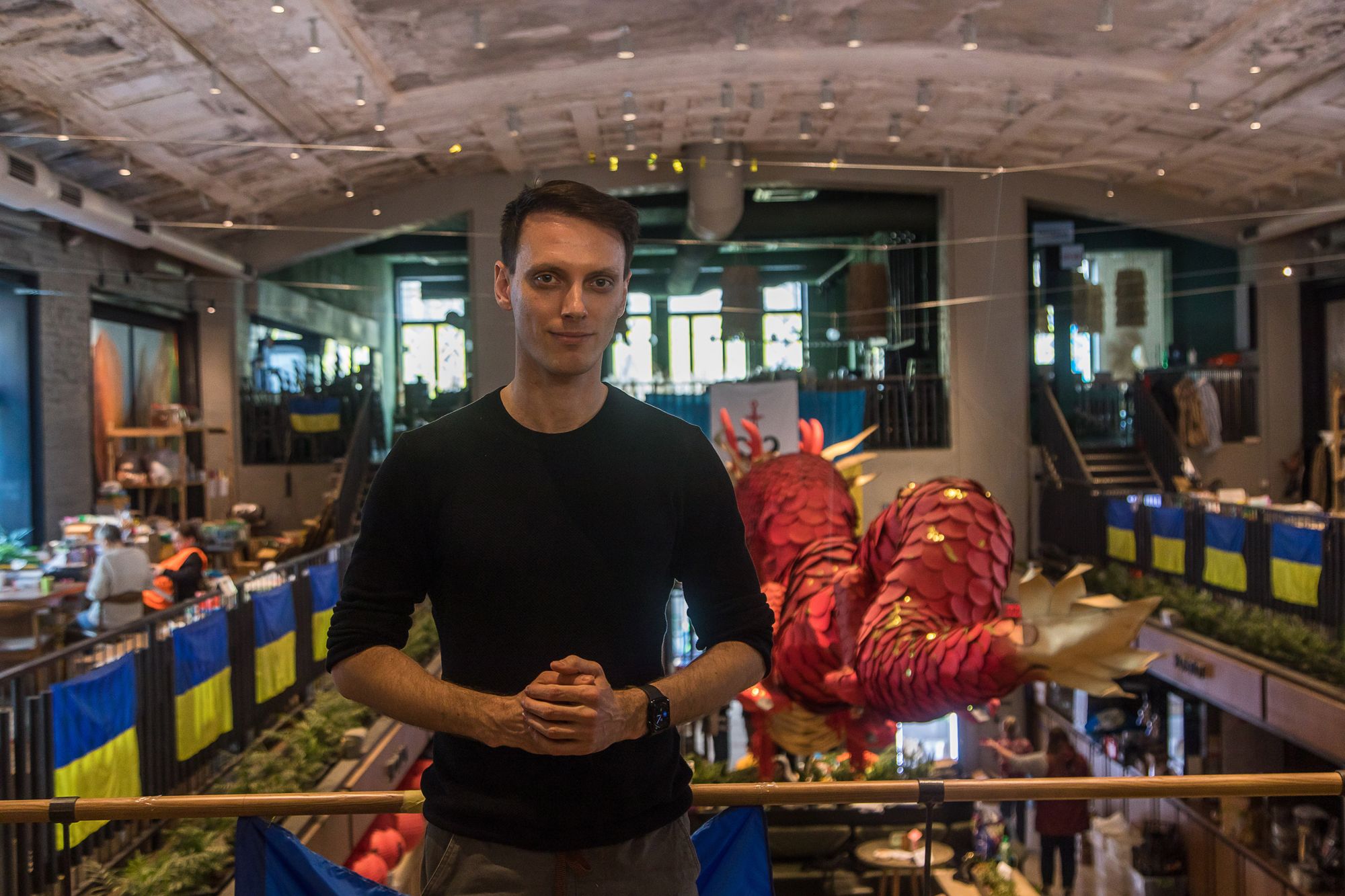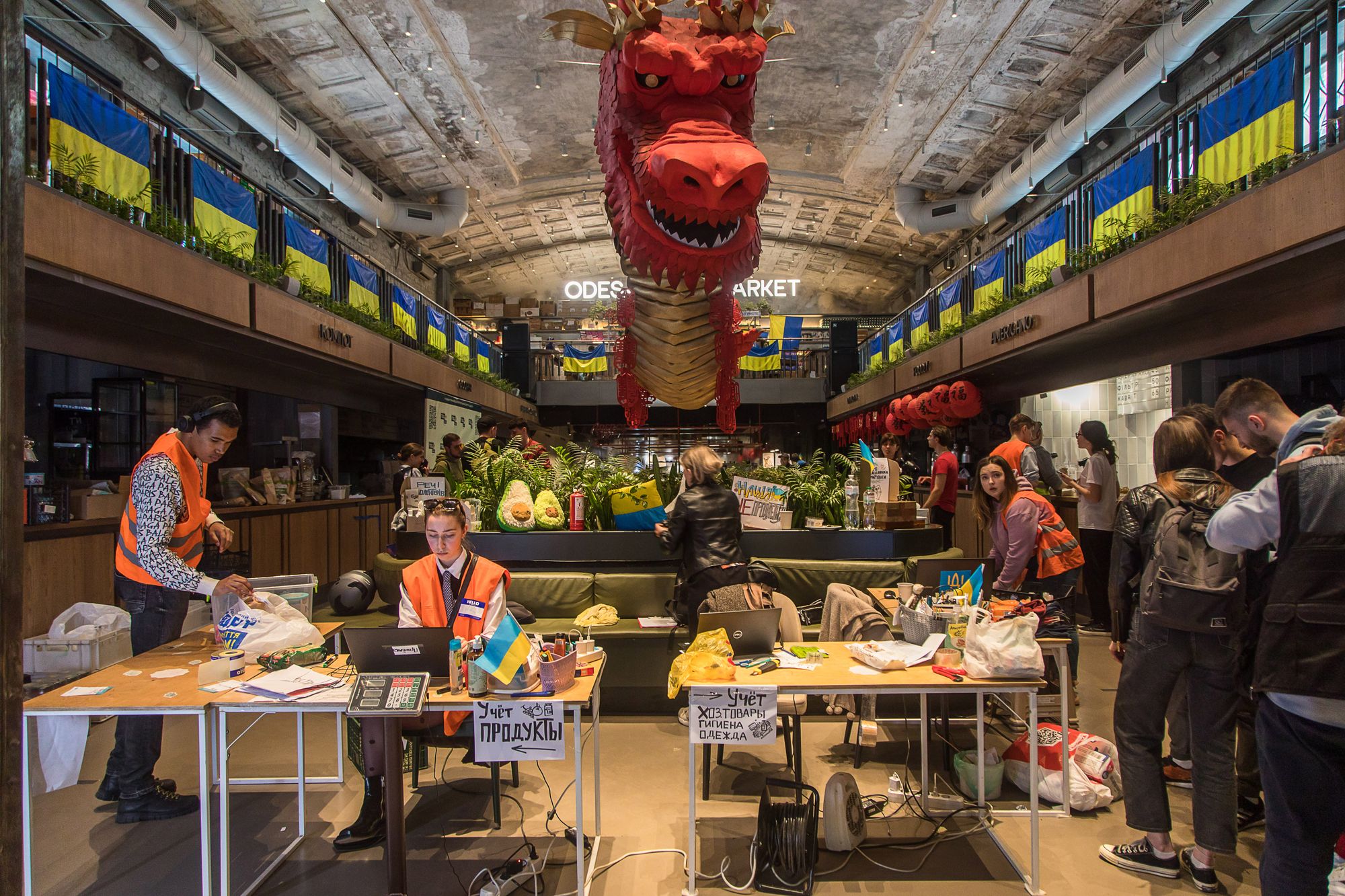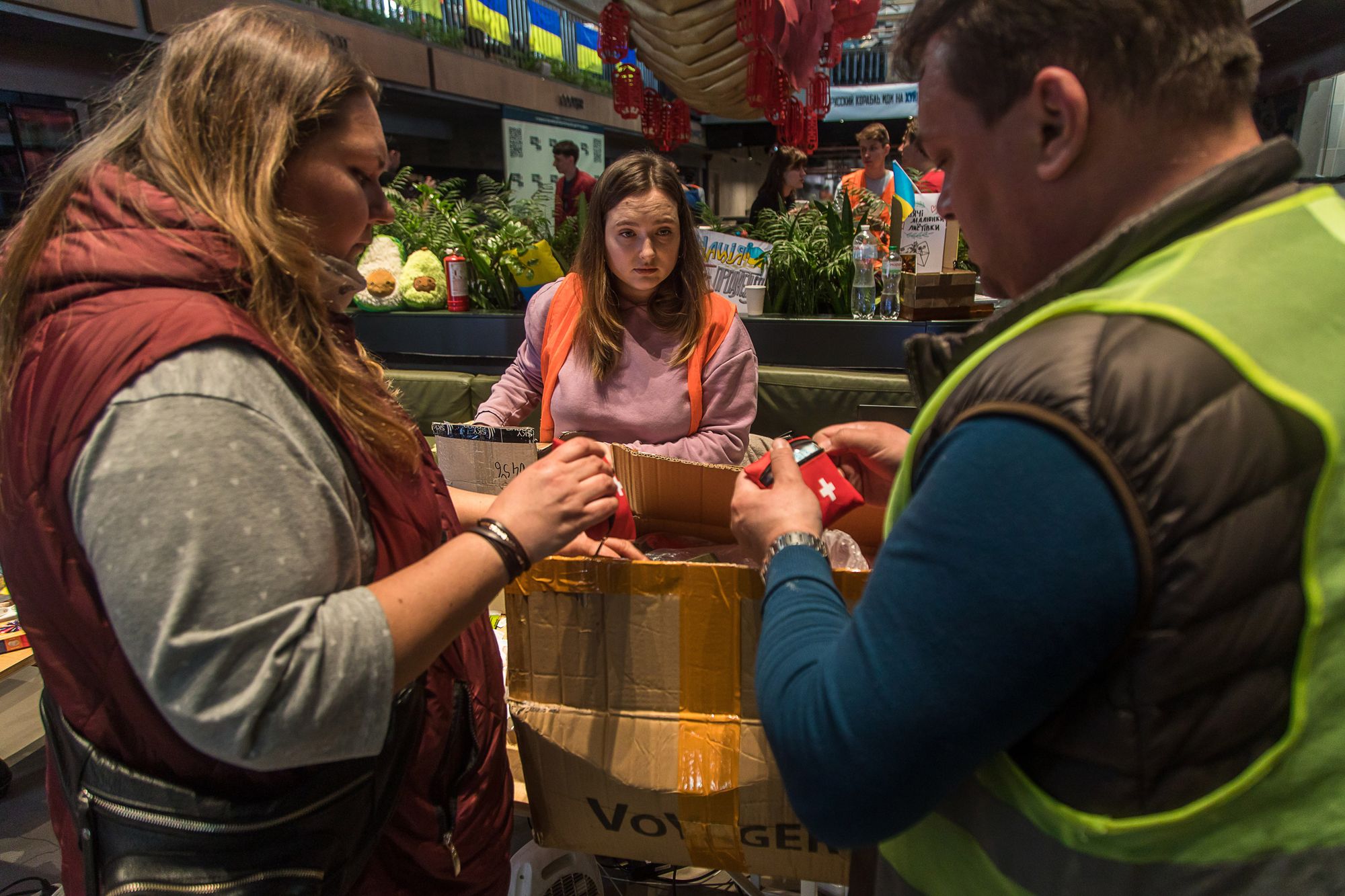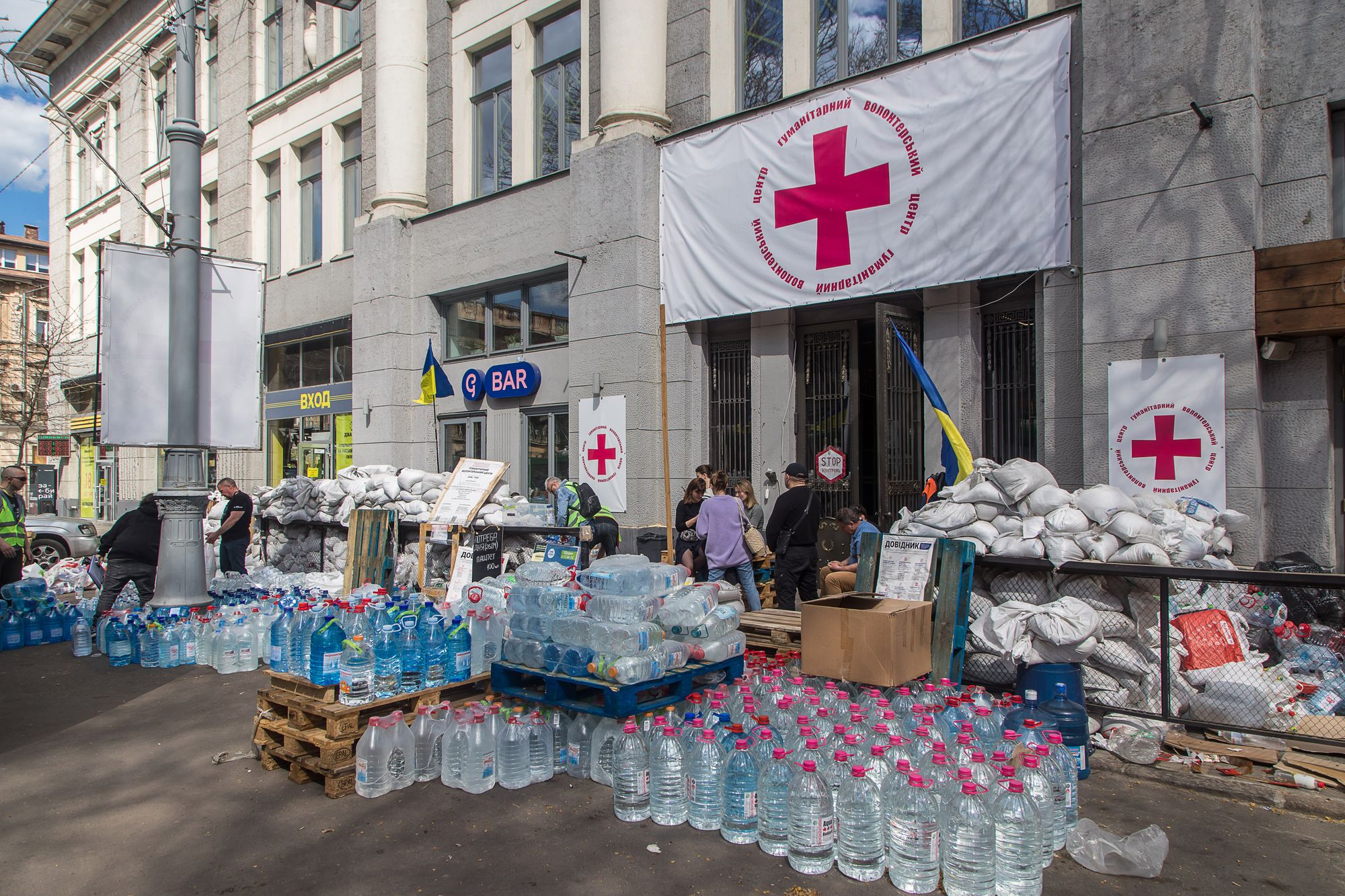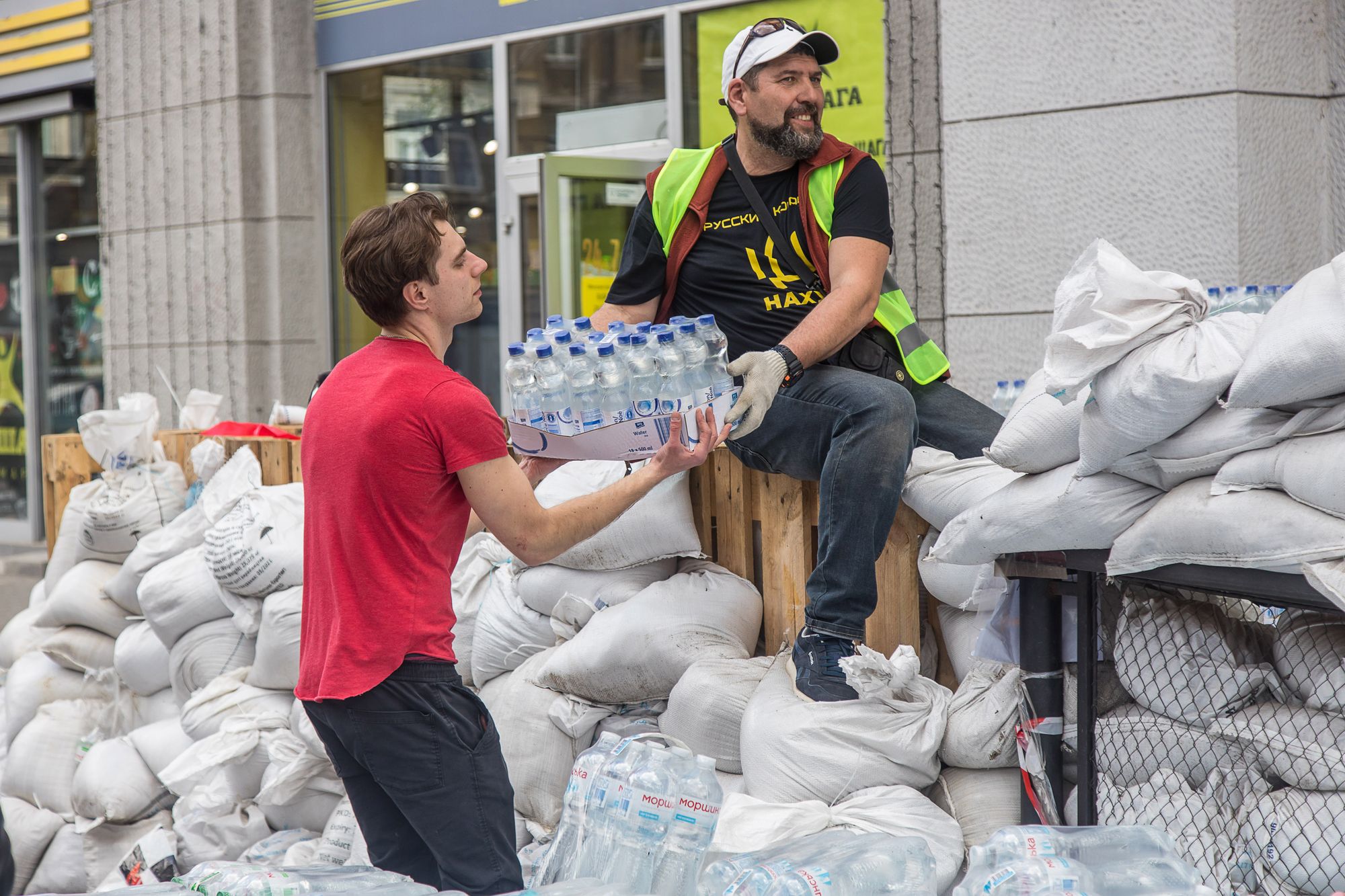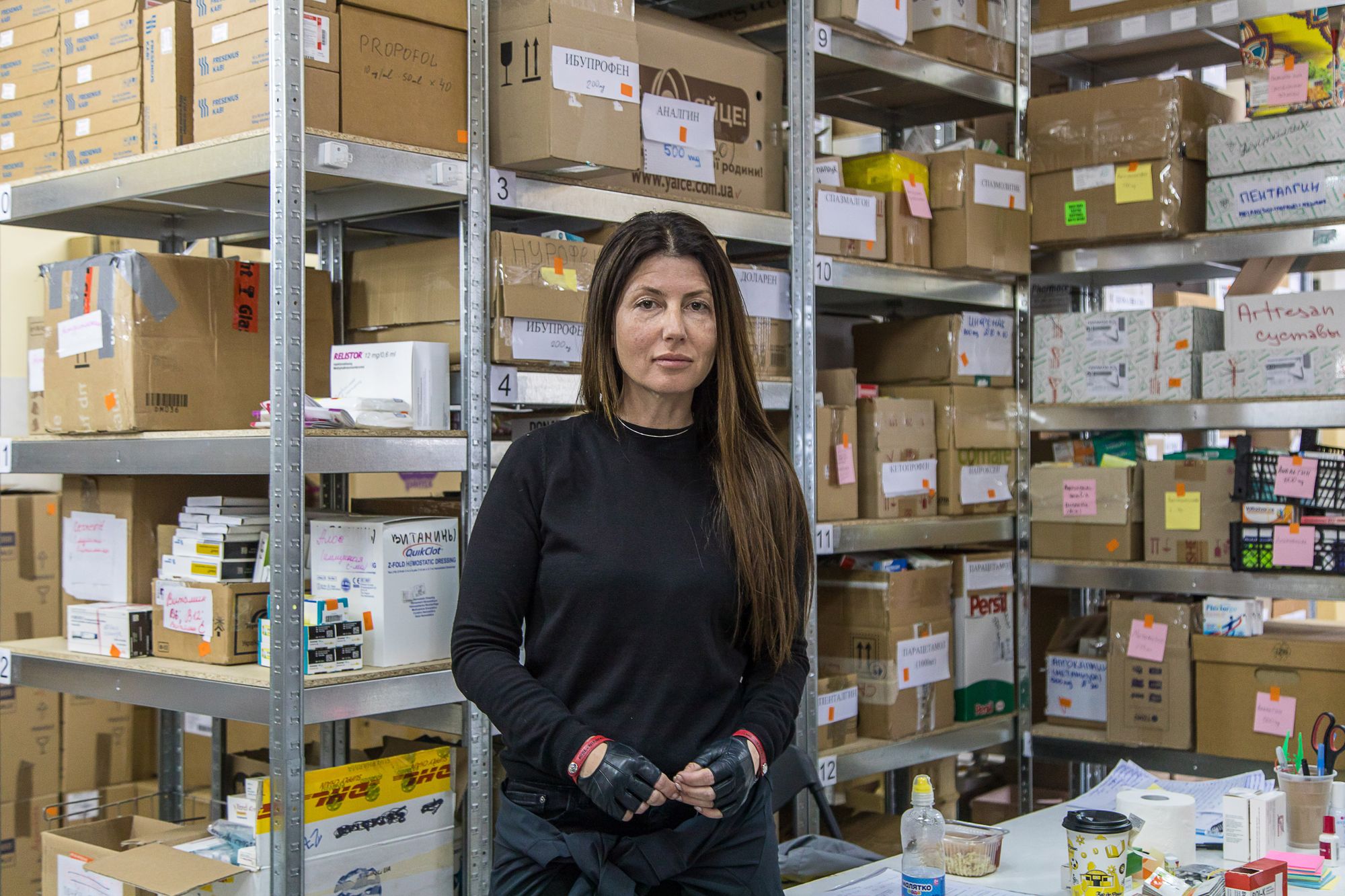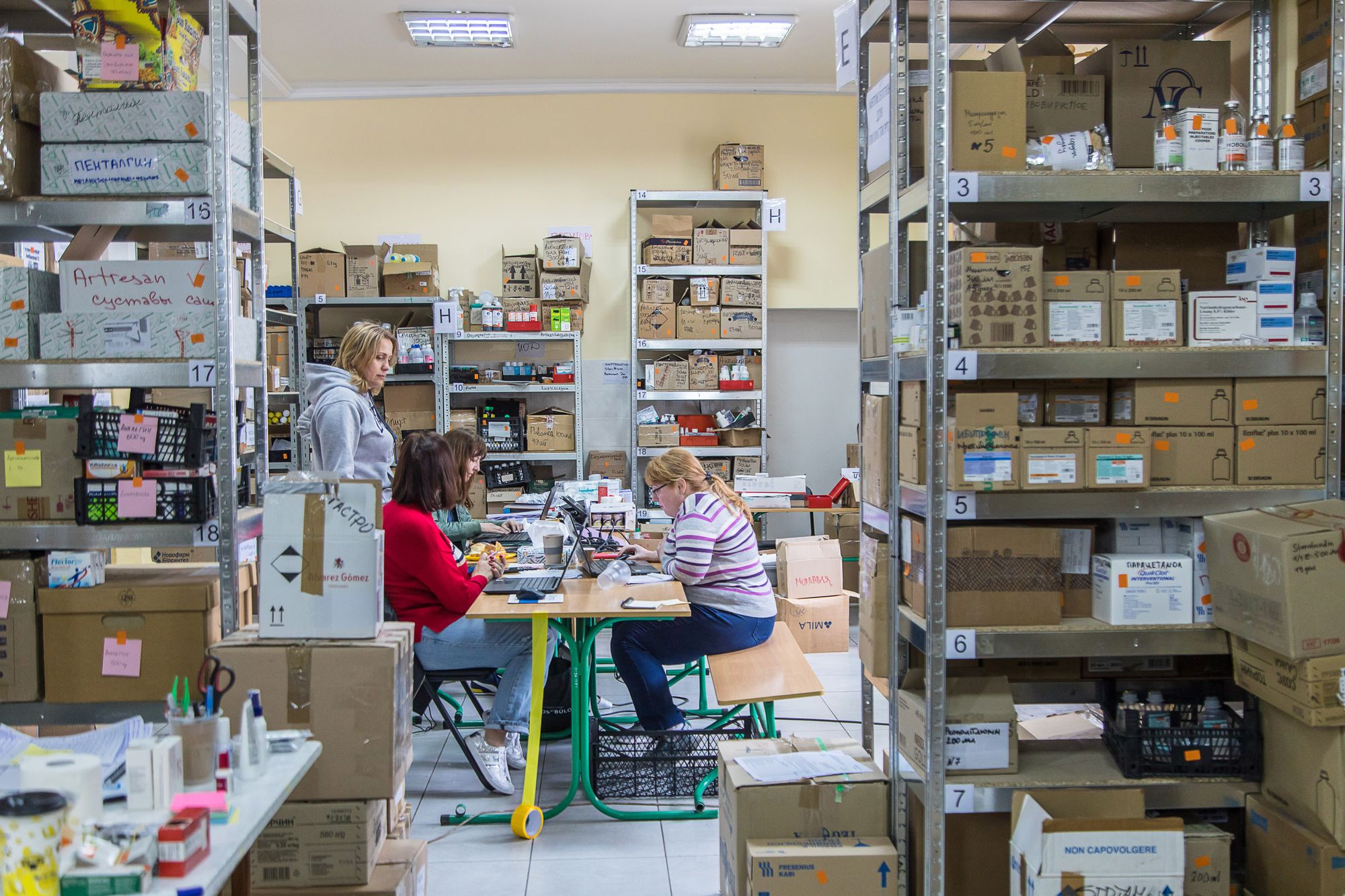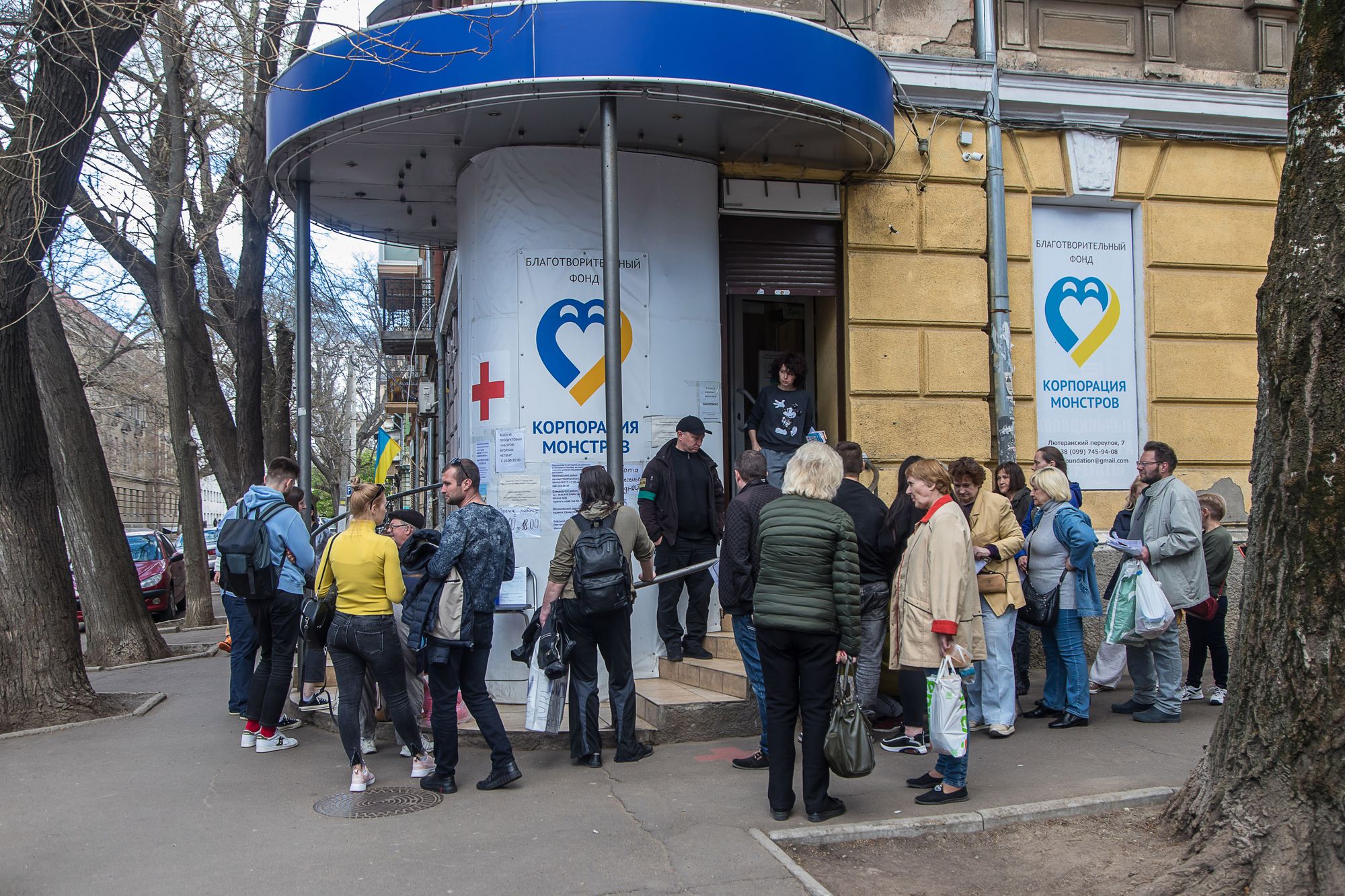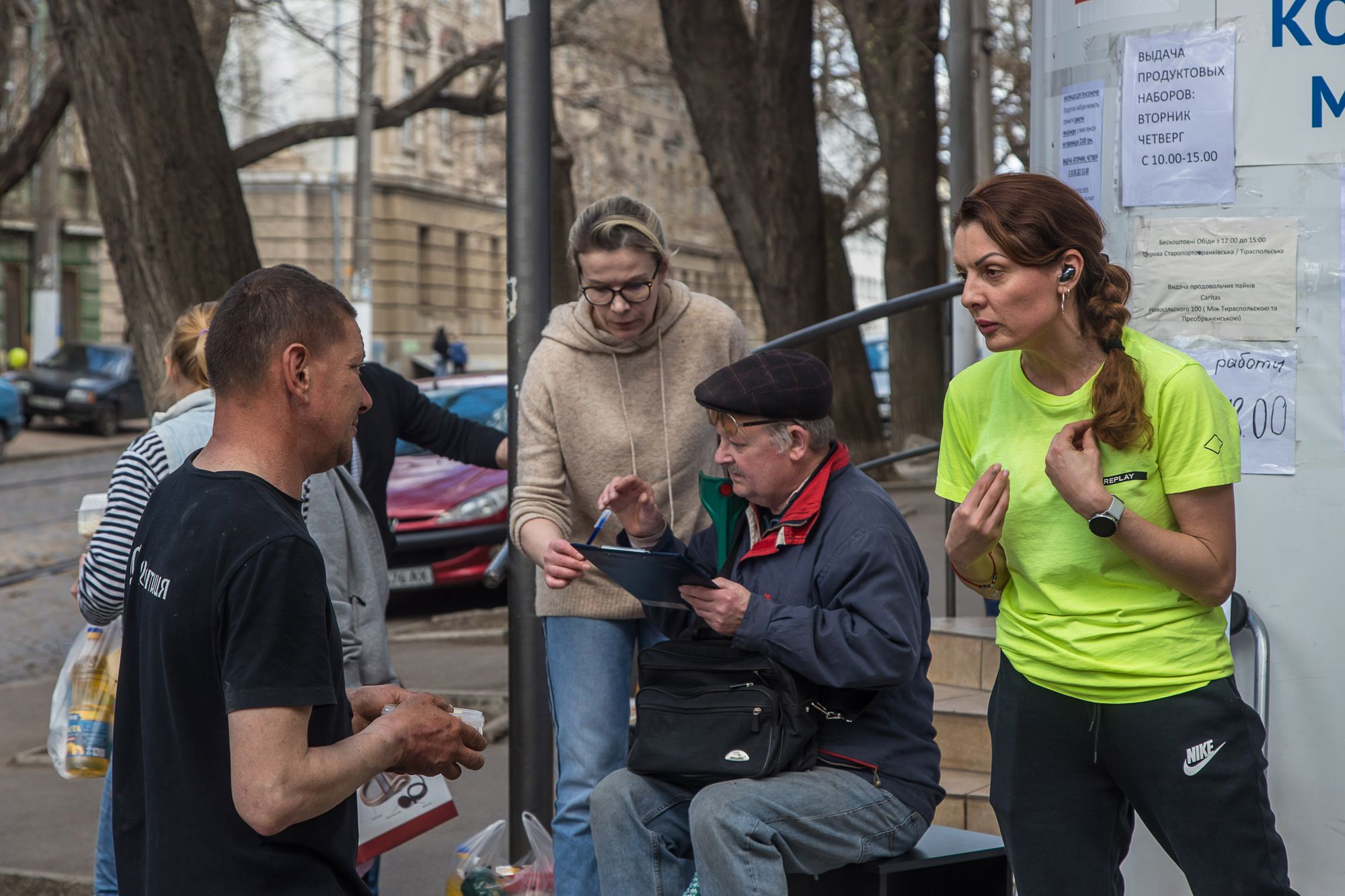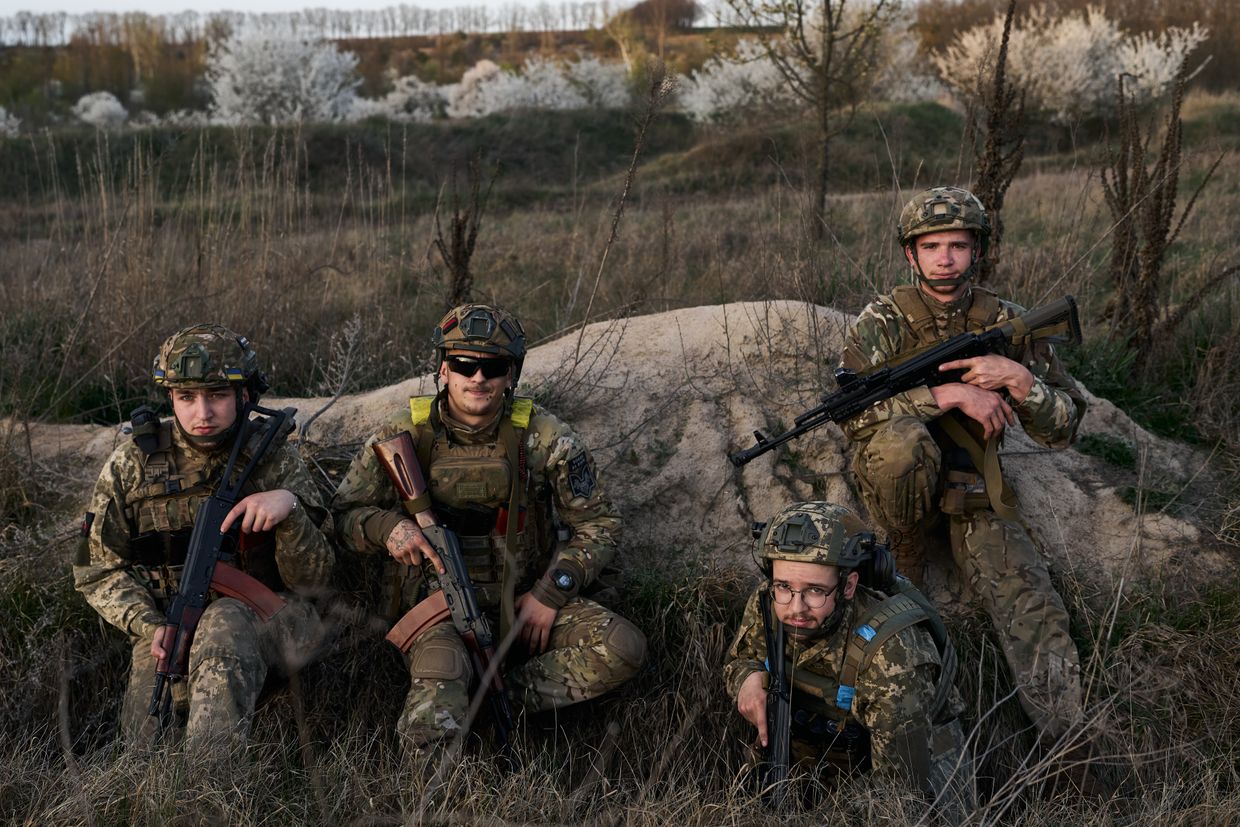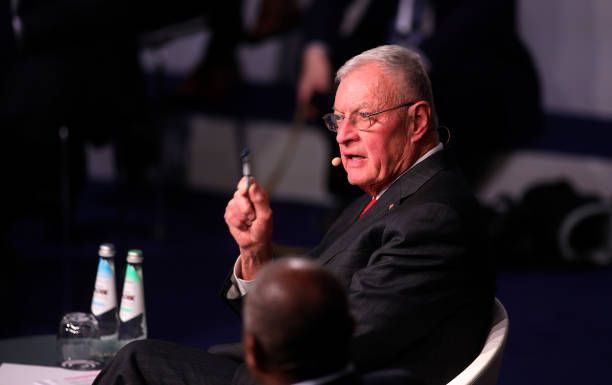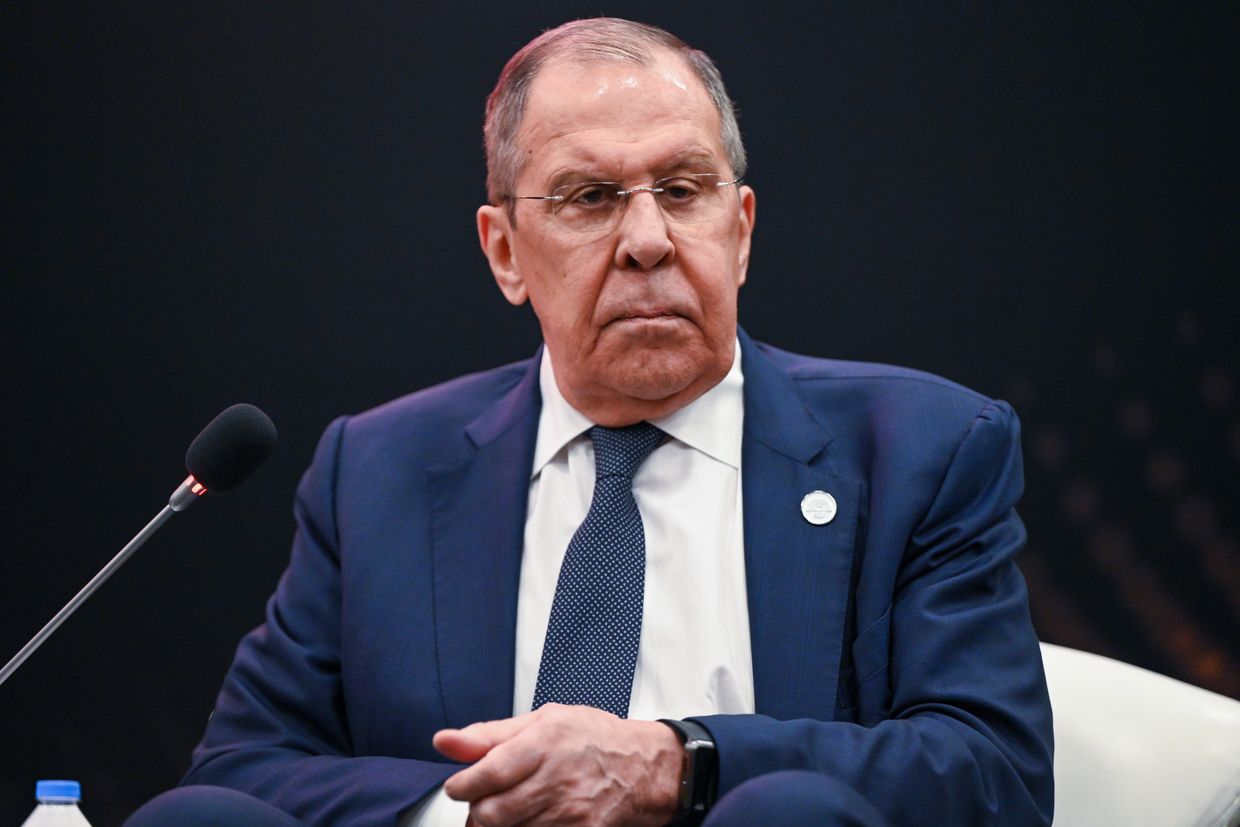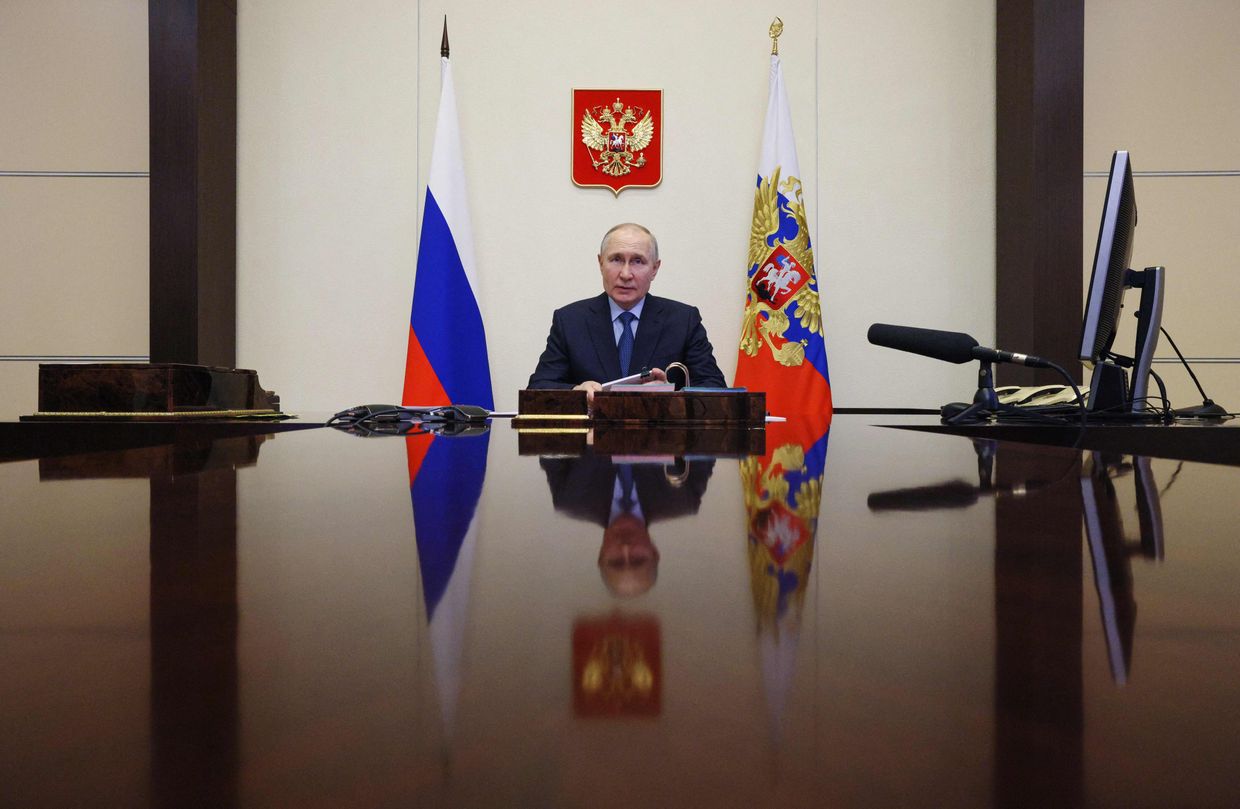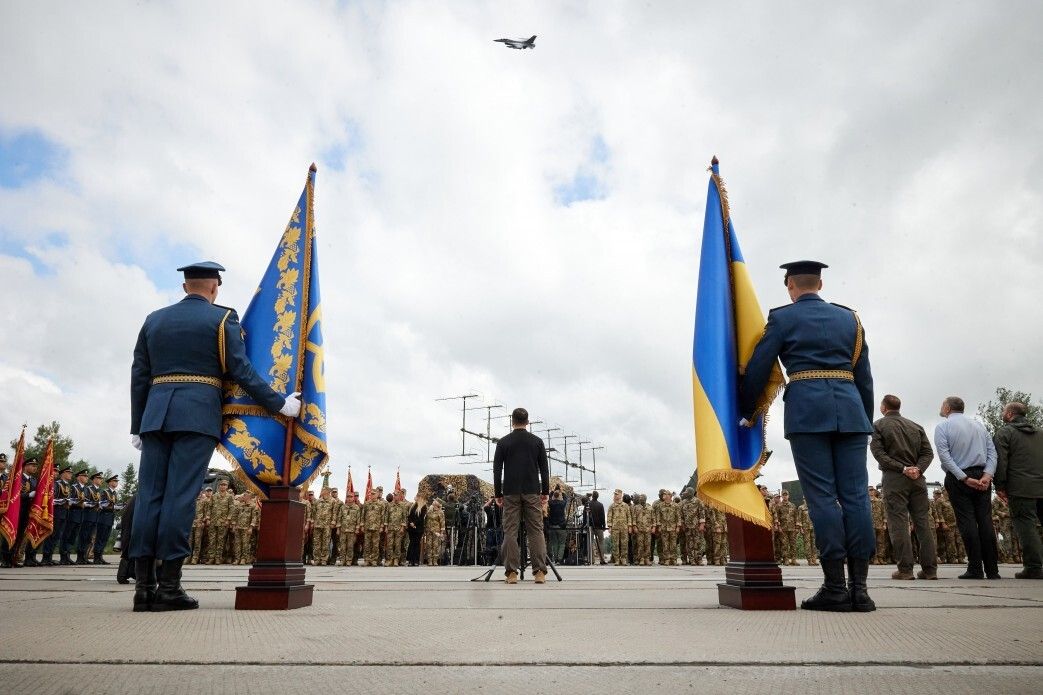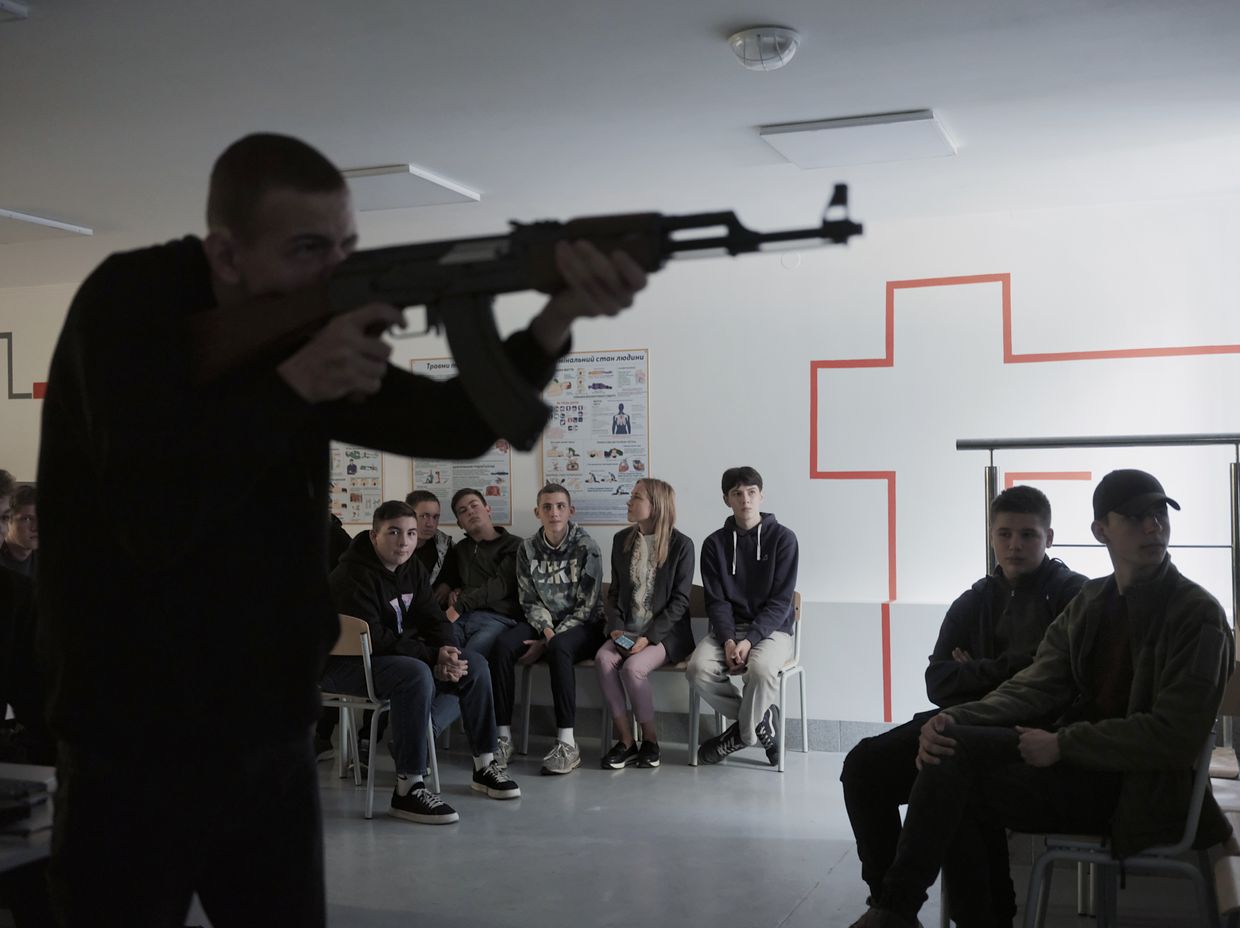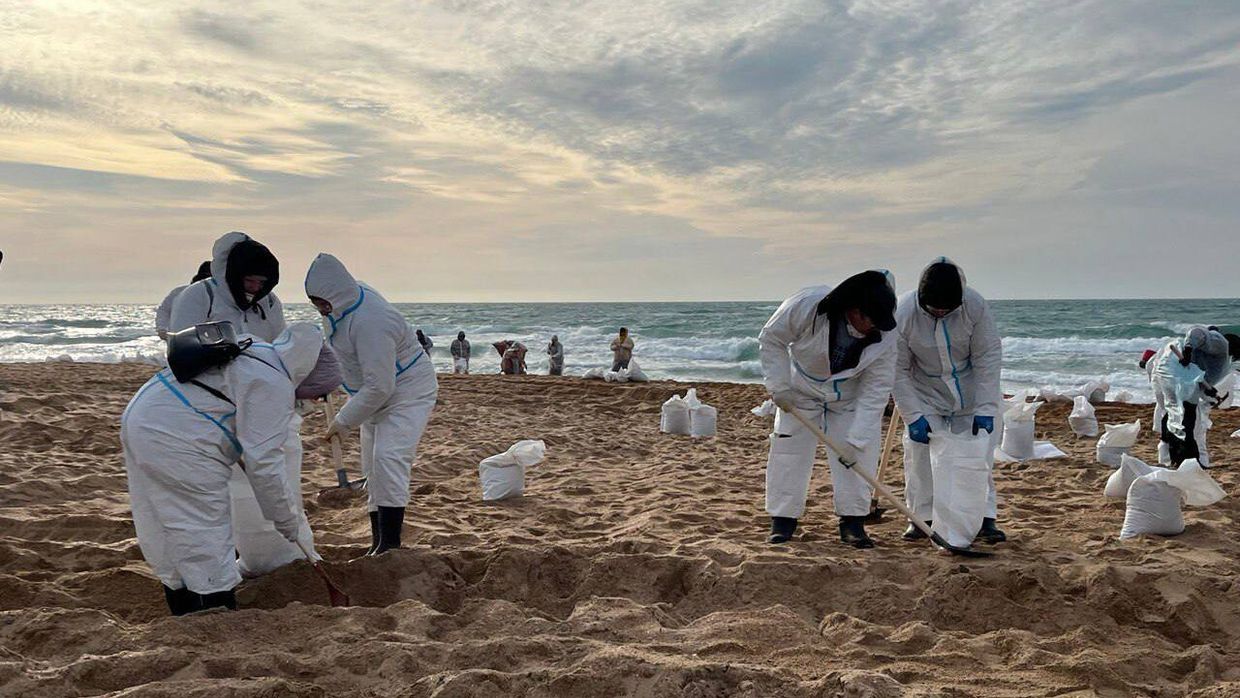ODESA – Anti-tank hedgehogs, military patrols and an extended curfew aren’t what one expects to see in Ukraine’s main sea resort.
In May, Odesa, a Ukrainian port city on the Black Sea, usually rolls into the tourist season, which generates a substantial part of the city’s earnings.
Now the beaches are mined, tourism is dead and the city of 1 million people is gearing up for war.
“We’re ready,” Mayor Hennadiy Trukhanov told the Kyiv Independent.
Two months into Russia’s war against Ukraine, the attacks on the city intensified. In the past few weeks, Odesa has been attacked with missiles and artillery, which killed at least nine residents, including children.
Russia has long desired to seize the Russian-speaking city as part of its ongoing land grab. One of Ukraine’s largest cities, Odesa was founded during Russia’s southern imperial expansion in the late 18th century, soon becoming the empire’s largest Black Sea port.
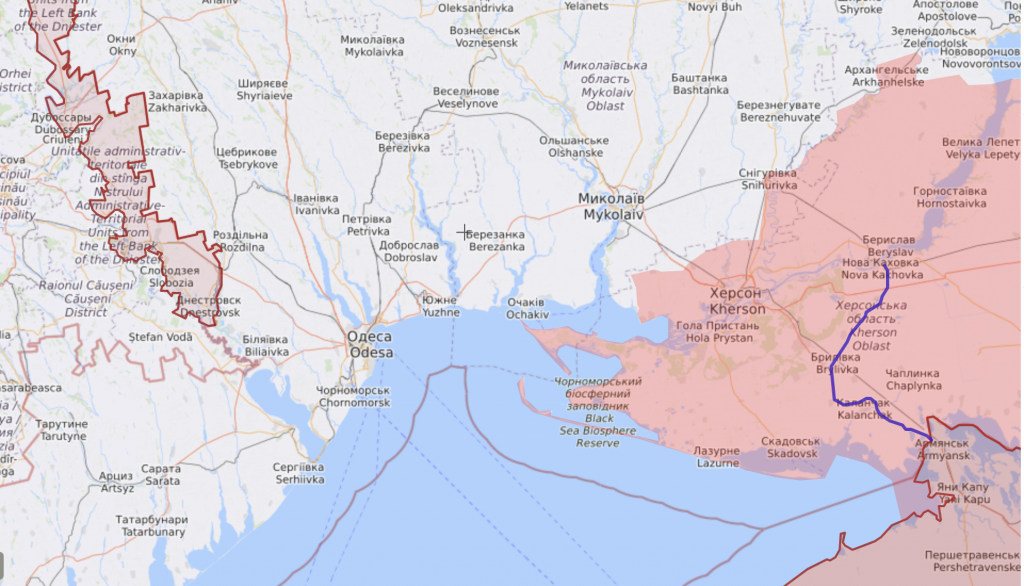
Its lengthy historic ties with Russian imperialism caused many in Ukraine to question the city’s allegiance.
However, as Russian ships began bombing the city, Odesa didn’t lay down its arms.
First strike
Until recently, Odesa had been relatively safe, with Russia’s war barely reaching the city.
Heavy fighting raged 160 kilometers to the east, midway between the Ukraine-controlled city of Mykolaiv and the Russian-occupied Kherson, both capitals of their eponymous regions.
Everything changed on April 23, when Russian missiles struck a cemetery and a residential house in the city, killing eight people and injuring 18.
“I heard an explosion and went to the window to look. I saw smoke,” Lyudmila Verbetskaya, a resident of the high-rise building hit by the Russian missile, told the Kyiv Independent.
“I left the window open and then this massive explosion hit our house,” she said. Verbetskaya grabbed her stuff and rushed downstairs.
“There was no air to breathe… Glass was under our feet. The entrance door was warped (by the blast wave),” Verbetskaya recalled, as she was speaking to the Kyiv Independent standing next to her damaged home.
No one thought this place would become a target, Verbetskaya said, since there is no military infrastructure in the area.
Indeed, this quiet neighborhood once felt safe to many, including Yuriy Glodan, a local citizen who moved his family here when the invasion started in February.
One family’s tragedy
After the war began, Glodan, his wife Valeria and their three-month-old daughter Kira moved in with Valeria’s mother Lyudmila.
On April 23, the Saturday before Easter, Glodan went out to the market. Minutes later, a Russian missile hit his home. His daughter, wife and mother-in-law were killed outright.
Friends and family members lined up at the local cathedral in Odesa on April 27 to say their final goodbye to Lyudmila, Valeria, and baby Kira, and lay flowers on the closed caskets. One of the three caskets – Kira’s – is tiny.
“I have no idea how Yura is coping with it. His entire world collapsed when he lost three of his closest people in a flash,” Inna Puhachova, a colleague of the couple, told the Kyiv Independent. They worked together in a restaurant where Glodan was a baker and his wife Valeria was a PR manager.
“Her daughter meant everything to her. She wanted a daughter so much, they were looking forward to her birth so much,” said Elena Vasiukova, a university friend of Valeria.
Fleeing war twice
Some have fled to Odesa hoping that a big city relatively far from the fighting in the east would be a safe haven.
Olena Stepanova, a native of the Donbas, had such a hope. When Russia escalated the war in February, she fled Lysychansk in Luhansk Oblast and sought safety in the south. She moved into her friend’s empty apartment in Odesa in mid-March.
It wasn’t the first time she’d had to escape Russia’s war.
In 2014, when Russia first invaded Ukraine, taking Crimea and eastern parts of Donbas, Stepanova moved from occupied Luhansk to Ukraine-controlled Lysychansk nearby.
Eight years later, the war found her again. Lysychansk is being heavily shelled as Russian troops aim to capture the entire Luhansk Oblast.
Stepanova thought she was safe in Odesa.
On March 21, she woke up to explosions. This was the first massive shelling of civilian infrastructure that Odesa experienced.
“I woke up from the blast wave. I was thrown up like on a trampoline. It was really scary,” Stepanova recalled.
Her first reaction was to take out her phone and film her house being shelled by naval artillery. She then took her tiny, fluffy white dog, Misha, and headed to the underground parking garage to hide.
The shell exploded near the house, breaking windows but not hurting anyone.
Since then, the area’s gone quiet again. Stepanova even went to her native Lysychansk to evacuate her aunt from the front line city to Odesa. She did not expect Odesa to become yet another front line.
After Russian rockets hit a residential house in the city in late April, Stepanova started considering fleeing again.
“I intuitively feel I must leave. I am scared,” Stepanova said.
Russian advance
Over the past several weeks, Russia shelled Odesa’s airport, a bridge near the city, and a church. On May 2, a Russian missile hit a two-story residential building, killing a 15-year-old boy and injuring a 17-year-old girl.
Local military staff say they saw the escalation coming.
“We knew it would happen, and we have been preparing for it,” said Captain Natalia Humeniuk, a spokesperson for the joint southern command of Ukraine’s Armed Forces.
“I would like to emphasize the readiness of our air defense, which made a great contribution to the fact that many of these attacks were unsuccessful,” Humeniuk said.
According to Humeniuk, the attacks intensified after Ukraine’s armed forces sank the guided-missile cruiser Moskva, Russia’s Black Sea Fleet flagship, on April 13.
“We realized that sinking the Moskva would not just be a colossal defeat for the enemy fleet, but also an additional blow to ambition, self-esteem,” she said.
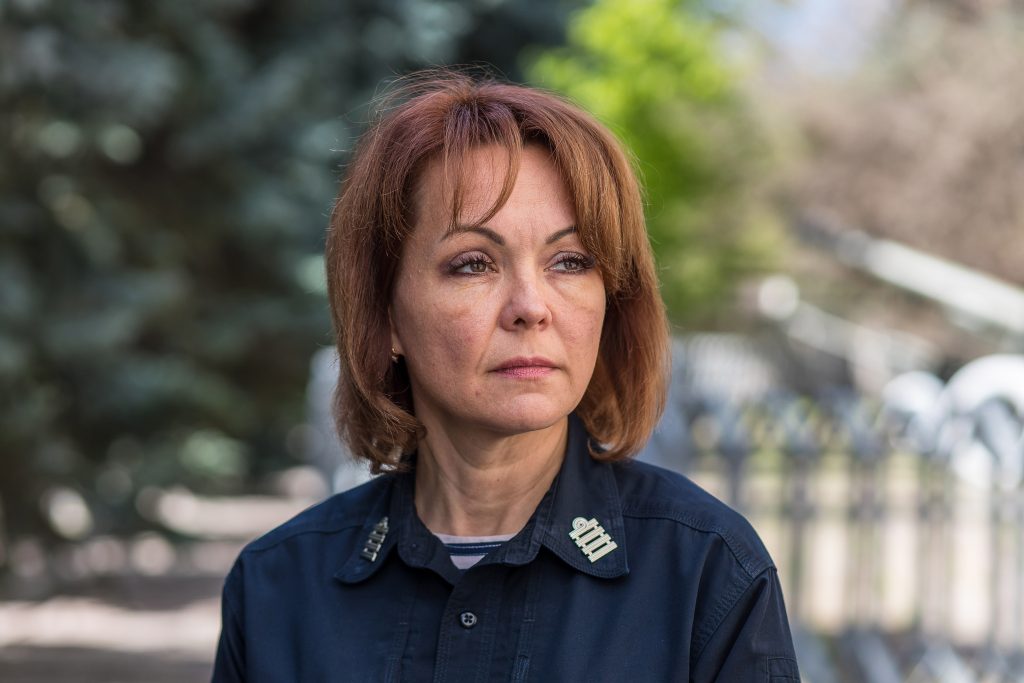
“This is colossal moral damage to Russia, symbolic damage associated with the name of the capital, so, of course, we understood that the enraged beast in the face of the enemy will take revenge, and we proved to be right because missile strikes on Odessa intensified after that,” Humeniuk went on.
Ukraine’s army had no other choice but to sink the Moskva, she said, since “the destruction of the enemy is a priority.”
In total, Ukraine has sunk 12 Russian ships since Feb. 24.
However, it’s not only revenge that is driving the Russians to attack Odesa. The Kremlin's enduring desire to capture Ukraine’s predominantly Russian-speaking east and south has now been made an official military target.
On April 22, Russian Major-General Rustam Minnekaev announced Russian plans to seize Ukraine's entire Black Sea coast, connecting the Russian-occupied eastern Donbas, Crimea, and Transnistria, a Russian-controlled unrecognized breakaway part of Moldova.
Soon explosions were seen in Transnistria, with Russia laying the grounds for the potential involvement of Russian proxies in Moldova in the country’s war against Ukraine.
“We are ready for any attack from their side and won’t allow them to break through this desired corridor (to Moldova),” Humeniuk went on.
Keeping Russian sympathizers at bay
Odesa faces danger from the sea, air, and land. However, the biggest danger is internal, believes Vasyl Dyachenko, a Territorial Defense Unit fighter who leads the psychological support department in the city.
“Half of the population here is pro-Russian. Many of them publicly changed sides, some laid low. Their sabotage and reconnaissance groups are ready to hit us in the back,” Dyachenko told the Kyiv Independent.
Even so, Odesa has many patriots, including himself, he said.
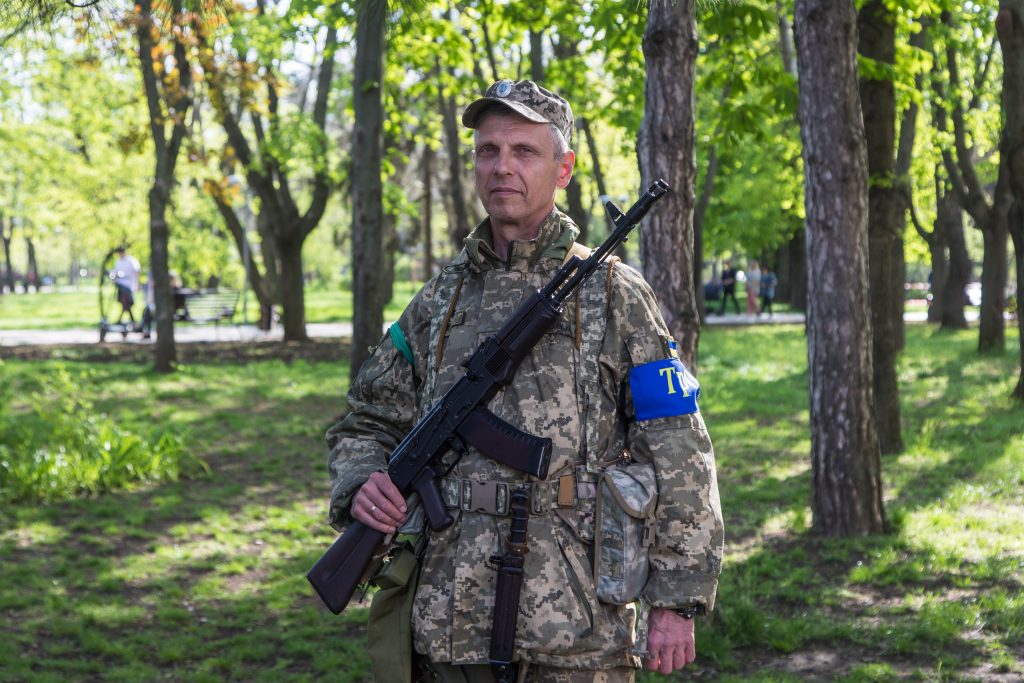
Dyachenko, a university lecturer, left everything behind and came to the recruitment office on the first day of the war. With his previous military experience, he was eager to join the army but was rejected twice due to his age — he is 59.
Finally, the territorial defense unit accepted him.
The creation of territorial defense in Odesa was delayed by two months. Dyachenko blames local authorities. According to him, there are still some issues with supplies. However, things got better, and his unit is now set to do its job.
In an interview with the Kyiv Independent, Odesa Mayor Trukhanov acknowledged setbacks in creating local defense units in February, saying that Russians had the chance to sack the city back then.
Now, over two months into the full-scale war with Russia, Odesa authorities, soldiers, and volunteers say the city is ready to defend itself.
Here to help
Since the early days of the full-fledged war, Odesa has become a hub for humanitarian aid for the entire south.
Volunteers in Odesa have been providing for the military both in Odesa and the neighboring Mykolaiv Oblast, which is now a war zone.
Petro Obukhov is a city council member with the European Solidarity party.
Obukhov, 37, came third in the 2020 mayoral elections, an unexpected result for a candidate representing the European Solidarity party, led by ex-President Petro Poroshenko and using anti-Kremlin rhetoric.
Due to the war, the city council is not working at full capacity, which is why he switched to helping out at a volunteer center, he said.
Obukhov, a programmer, developed software for electronic record-keeping, which soon became popular among volunteer centers across Ukraine.
The software, he said, helps keep everything in order.
“We developed a website — this is how it looks. We tell everyone who writes and calls us, asking for something, to fill out the form and attach their application via the website,” Obukhov said.
“Here the military asks us for 10 tubes of toothpaste, a toothbrush, shampoo, washing powder, some kind of energy bars. We already know all these units, we communicate with them, we can check whether it is really them asking and whether they don't have these goods and need them,” he went on.
The center helps both the military and civilians.
Over 36,000 people fled to Odesa Oblast since the war broke out, including from occupied parts of Kherson and Mykolaiv Oblasts.
Many of them left their homes with just a backpack filled with bare essentials, Obukhov said. The volunteer center has already handed out around 5,000 items of clothing to internally displaced people and 1,700 to locals.
This volunteer center, located in the Odesa Food Market, once a popular eatery, is also tasked with providing water for Mykolaiv, a city of 475,000 people, 130 kilometers east of Odesa, which has been left without water due to Russian shelling.
Despite being a political opponent of the local authorities, Obukhov has nothing bad to say about the city's leadership, telling the Kyiv Independent that everyone is doing their part.
According to Obukhov, a lot of help is coming from Odesa residents themselves.
“People constantly bring us some food, meds, canned food, anything,” he said.
“There was a day when someone brought us several thousand samples of sunscreen. Well, this is indeed really needed by those who are standing there (on checkpoints),” Obukhov said.
Katerina Nozhevnikova, the founder of charitable foundation Monsters Inc., also said that the biggest supporters of her organization are Ukrainians, not foreigners.
“What is interesting is that the largest number of our donors are here (in Ukraine). Despite losing their jobs, despite the economy falling apart, the majority of donations are here, inside the country,” Nozhevnikova said.
Since the start of the full-out war, Monsters Inc. managed to crowdfund Hr 40 million ($1.3 million), 60% of which are donations by Ukrainians.
The operation grew fourfold. Monsters Inc. helps kids, the elderly, the military, as well as hospitals treating coronavirus patients and people injured under shelling.
However, despite the visible unity of the local population, problems and human suffering are piling up in sunny Odesa, once called “the pearl of the Black Sea.”
Russia is intensifying its attacks on the city and the rest of Ukraine’s southern defenses, while more and more people, left jobless by the war, require support from Odesa’s volunteers.
Donations are falling off, while volunteers off-camera tell the Kyiv Independent that body bags are required in vast numbers, for Ukrainian military casualties across the country.



